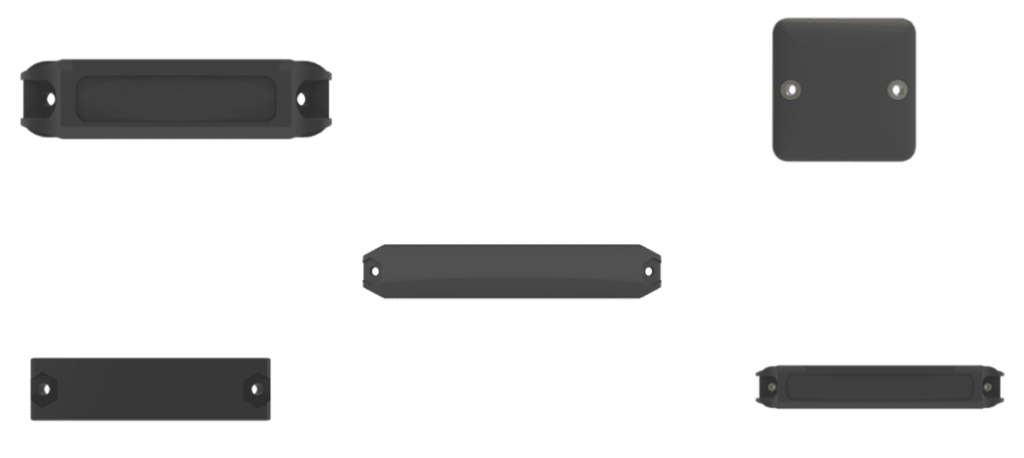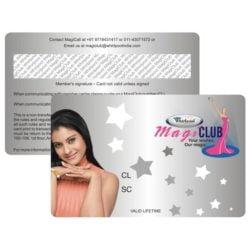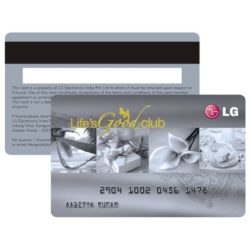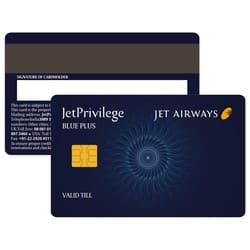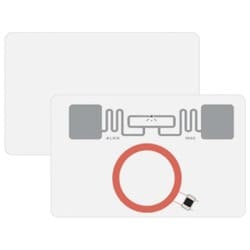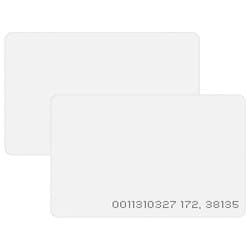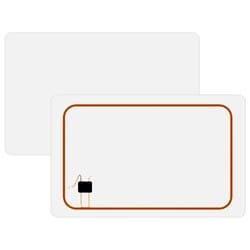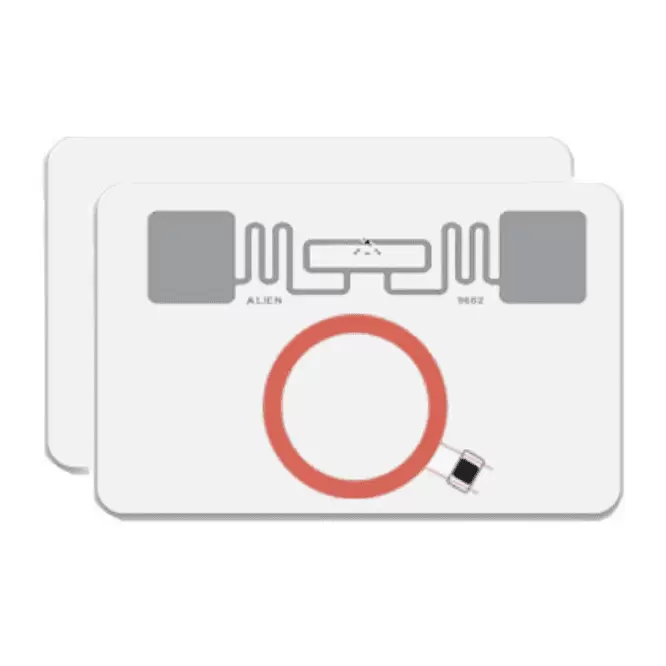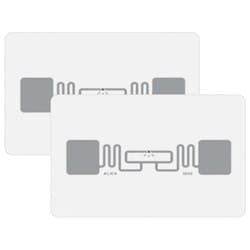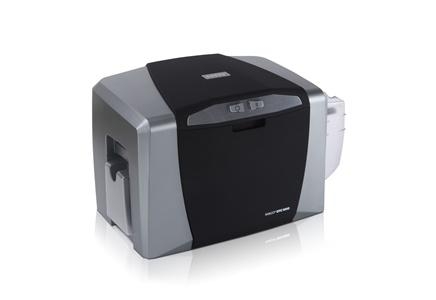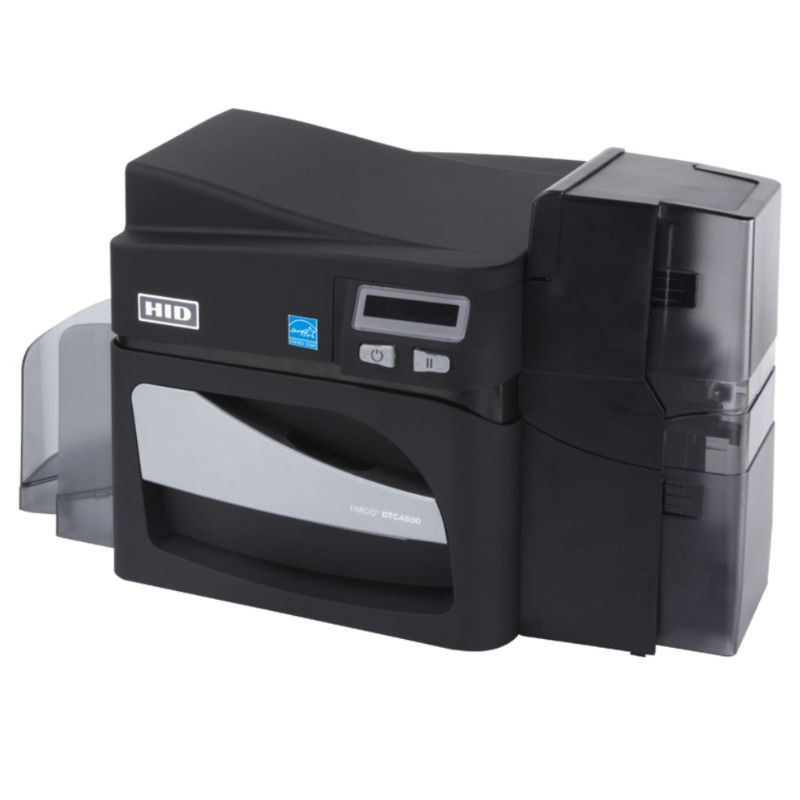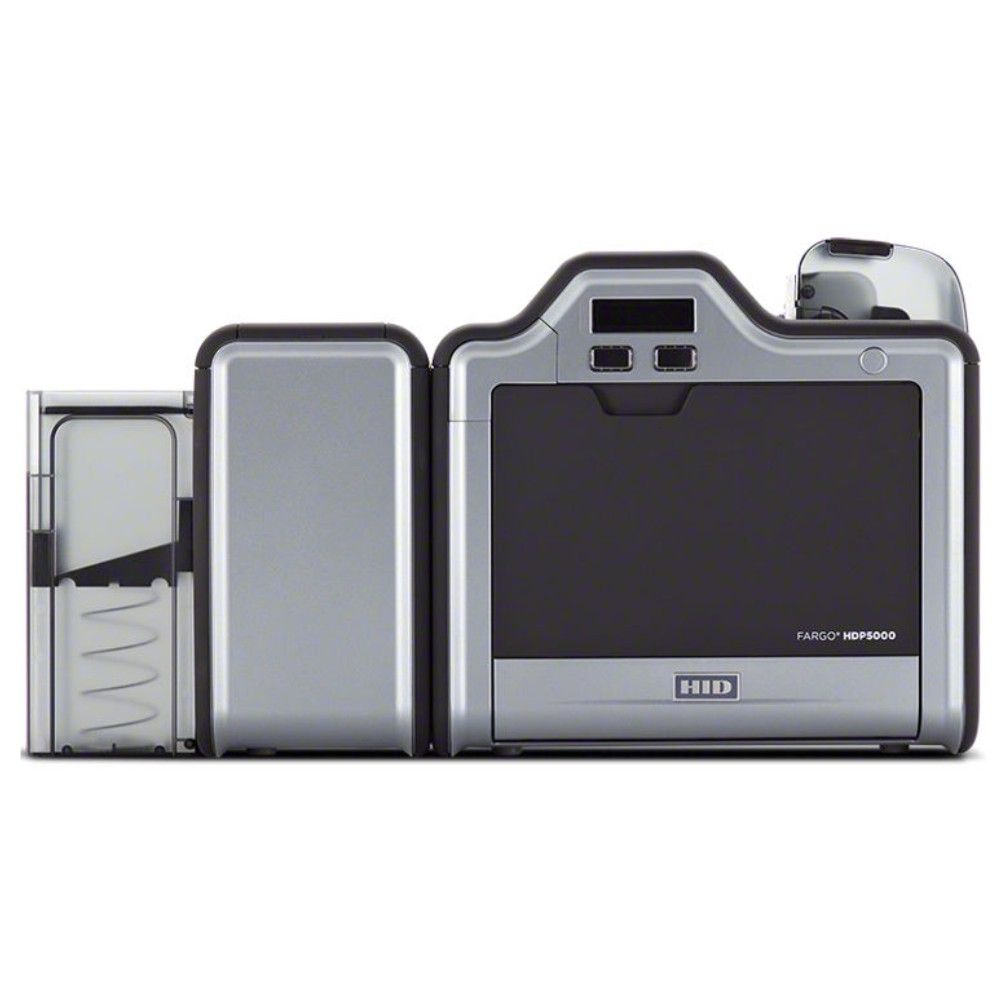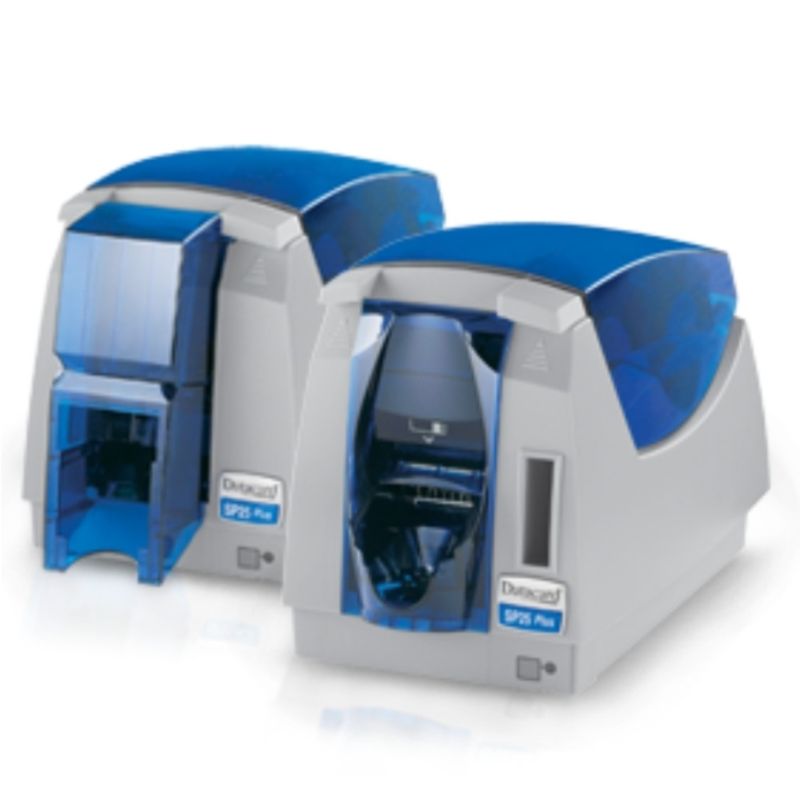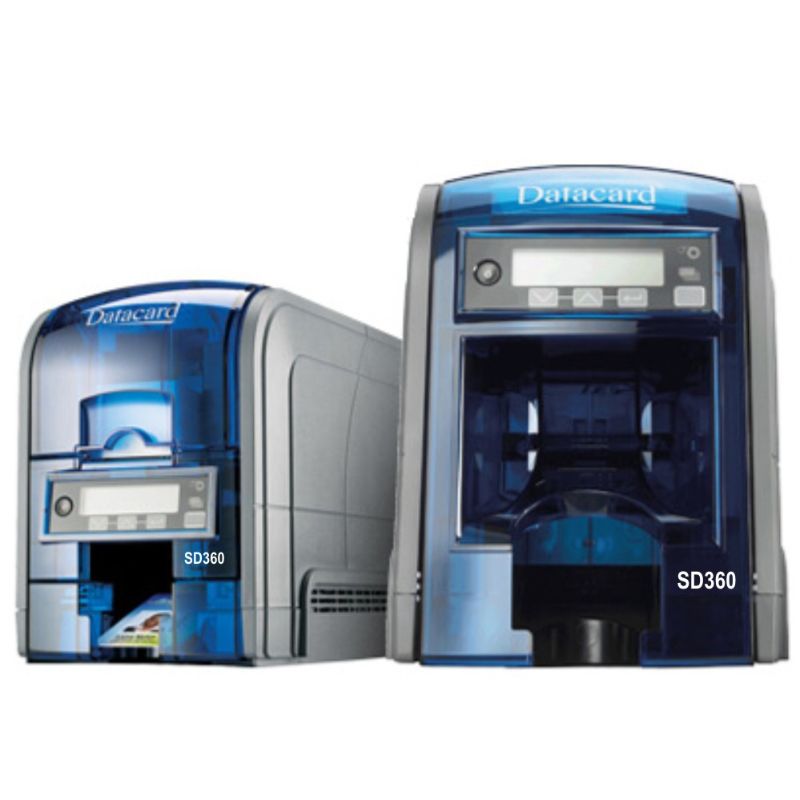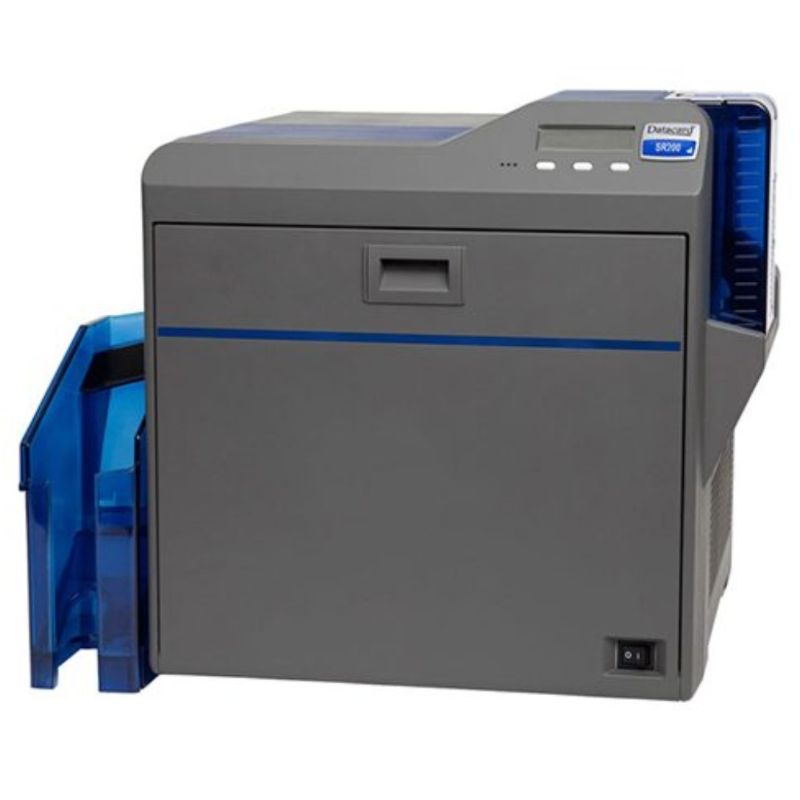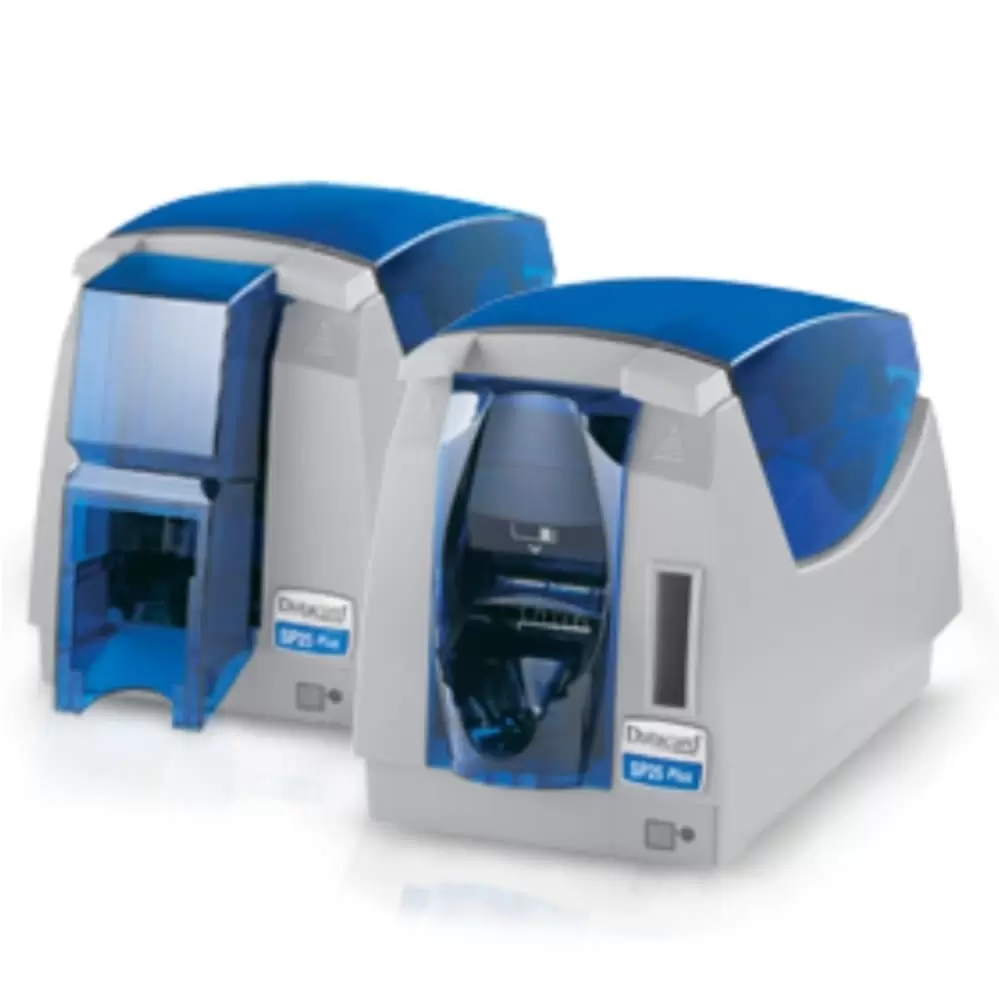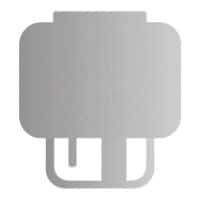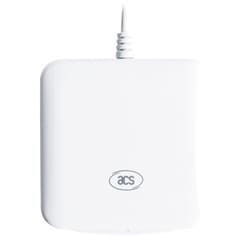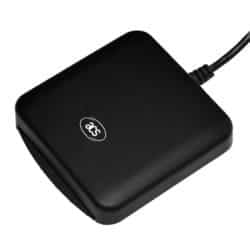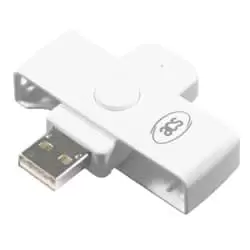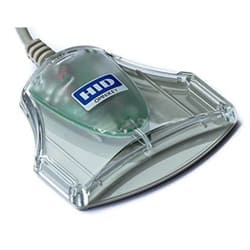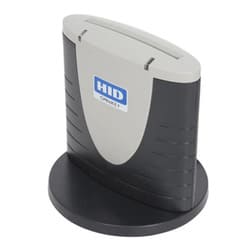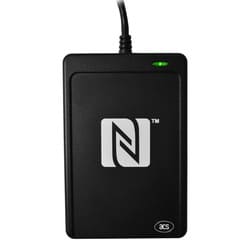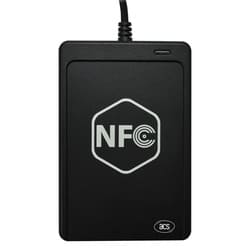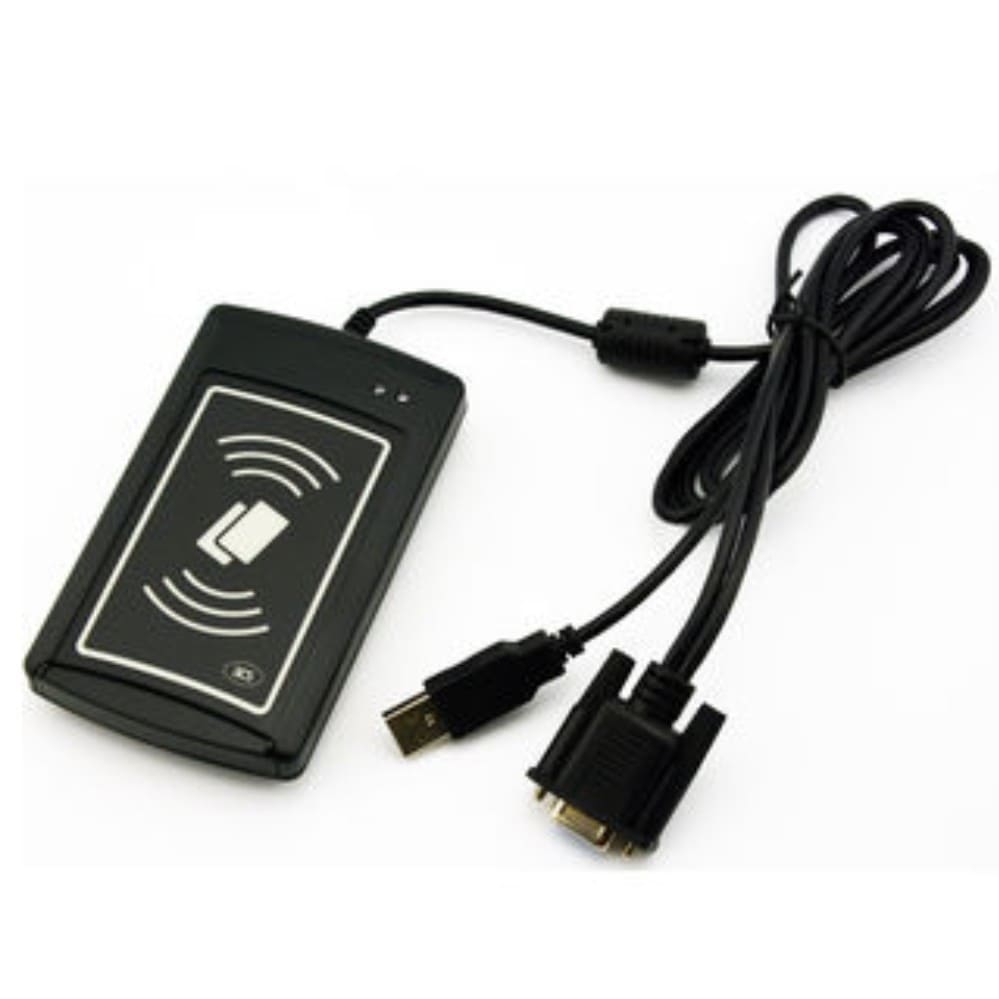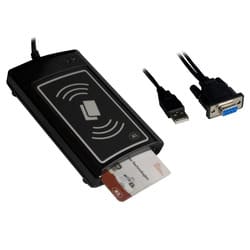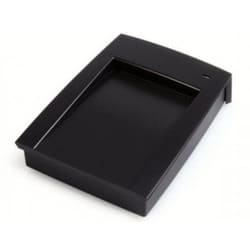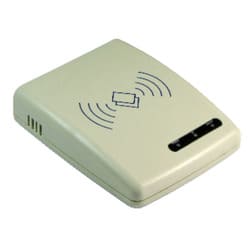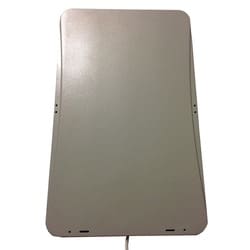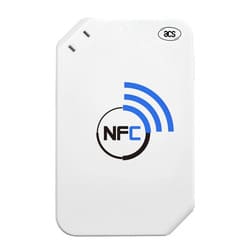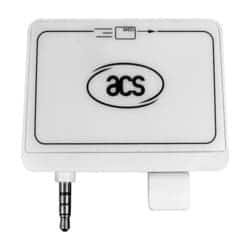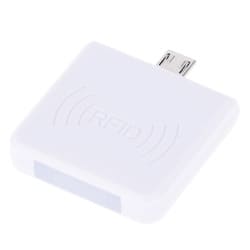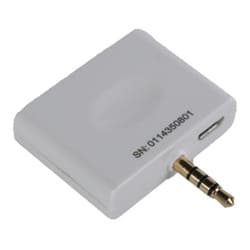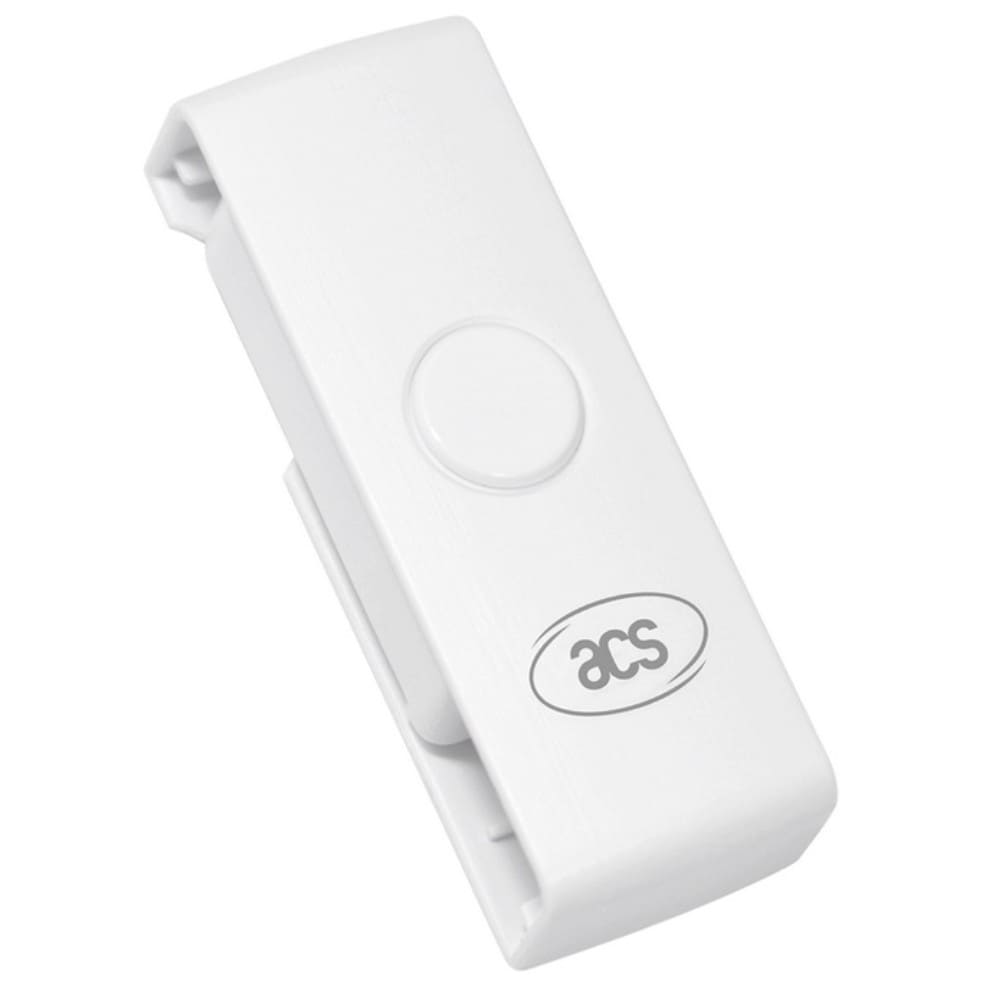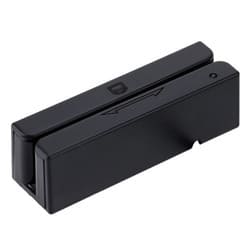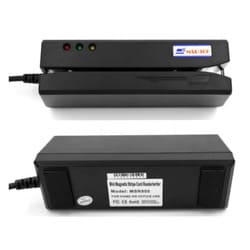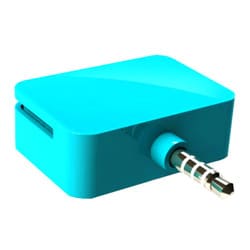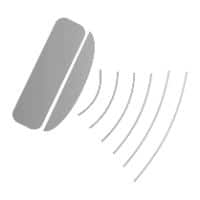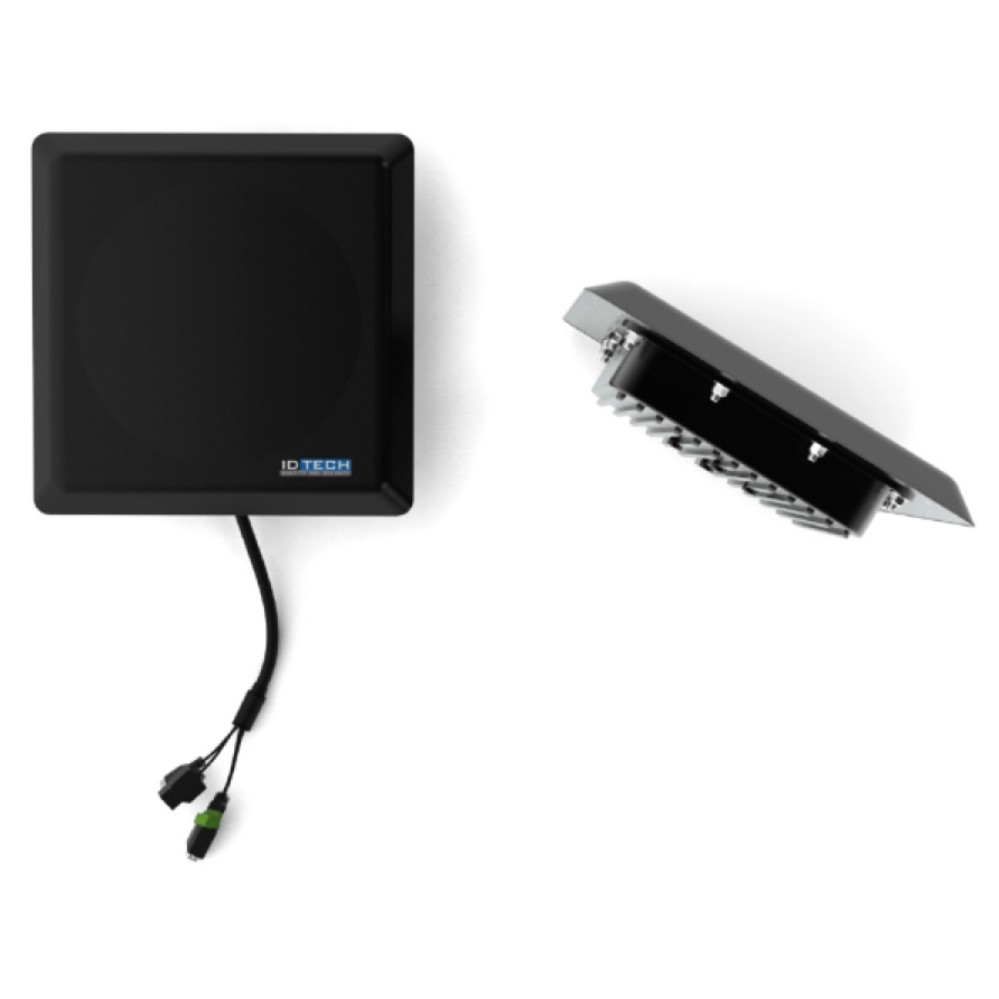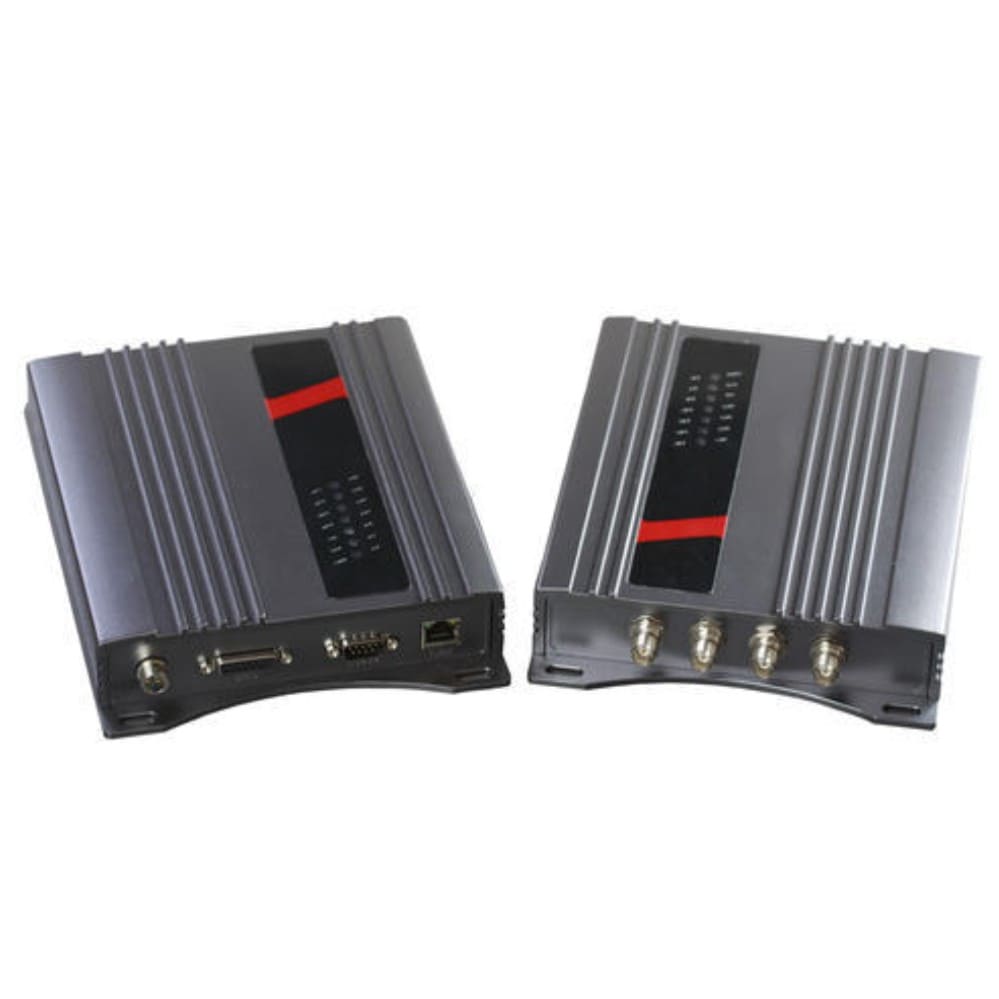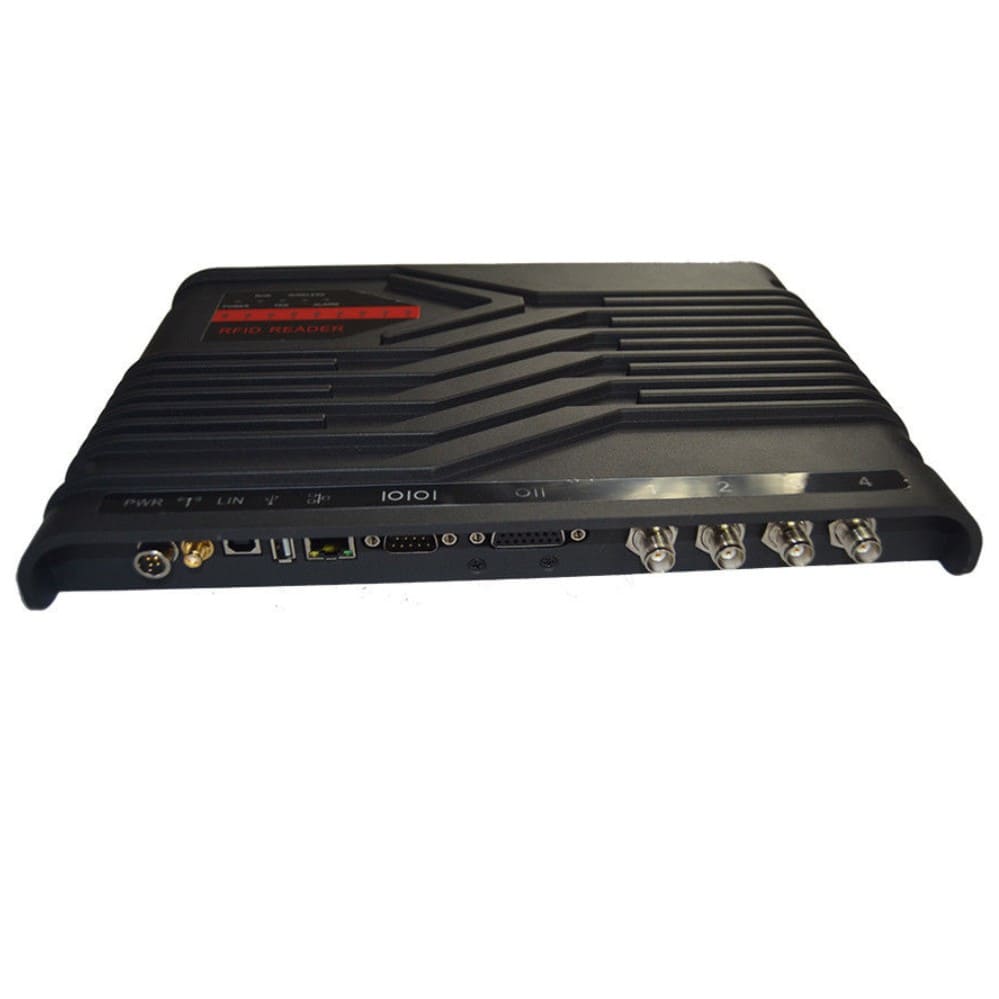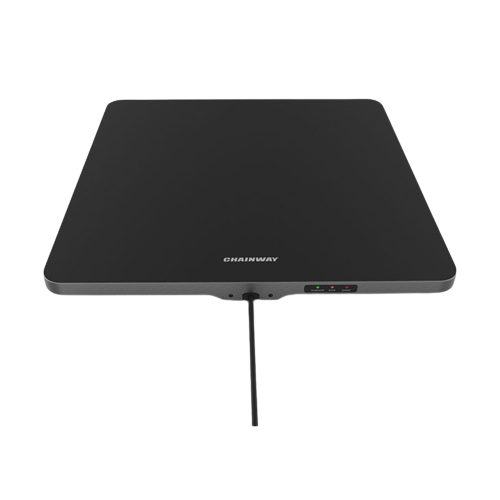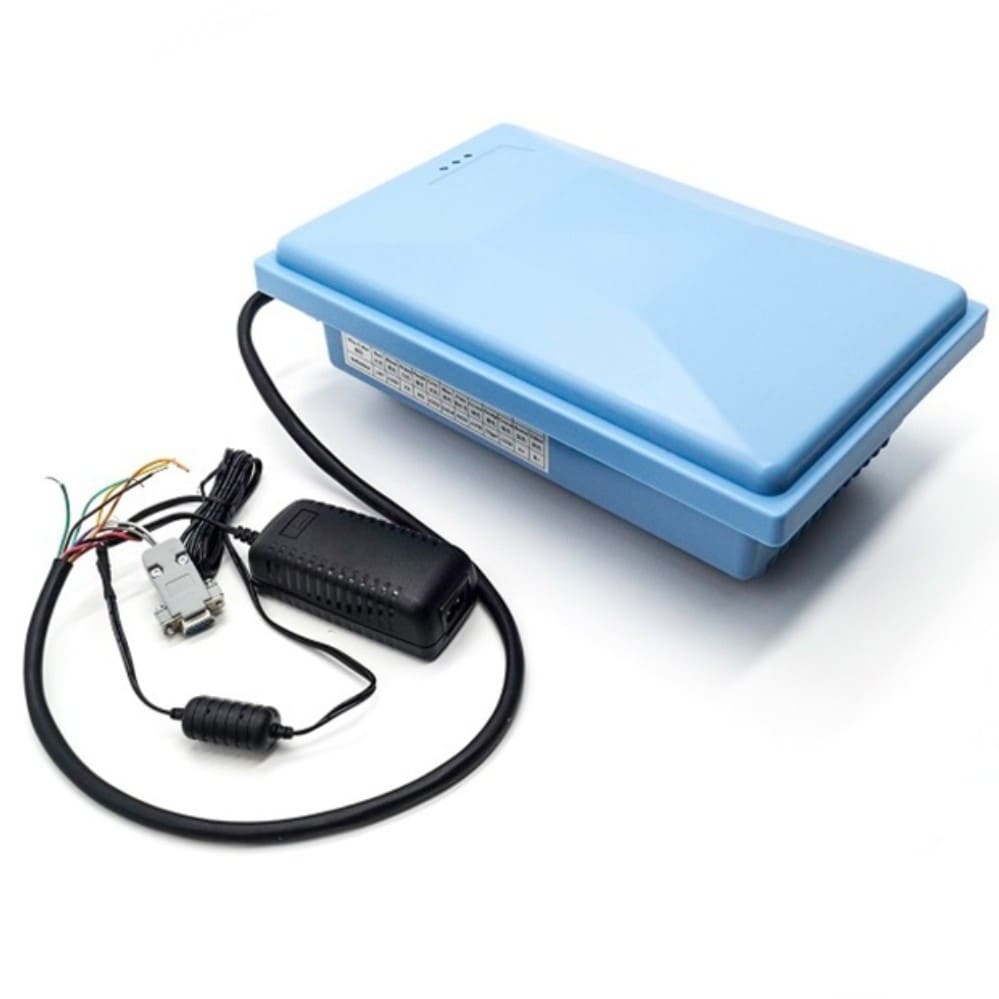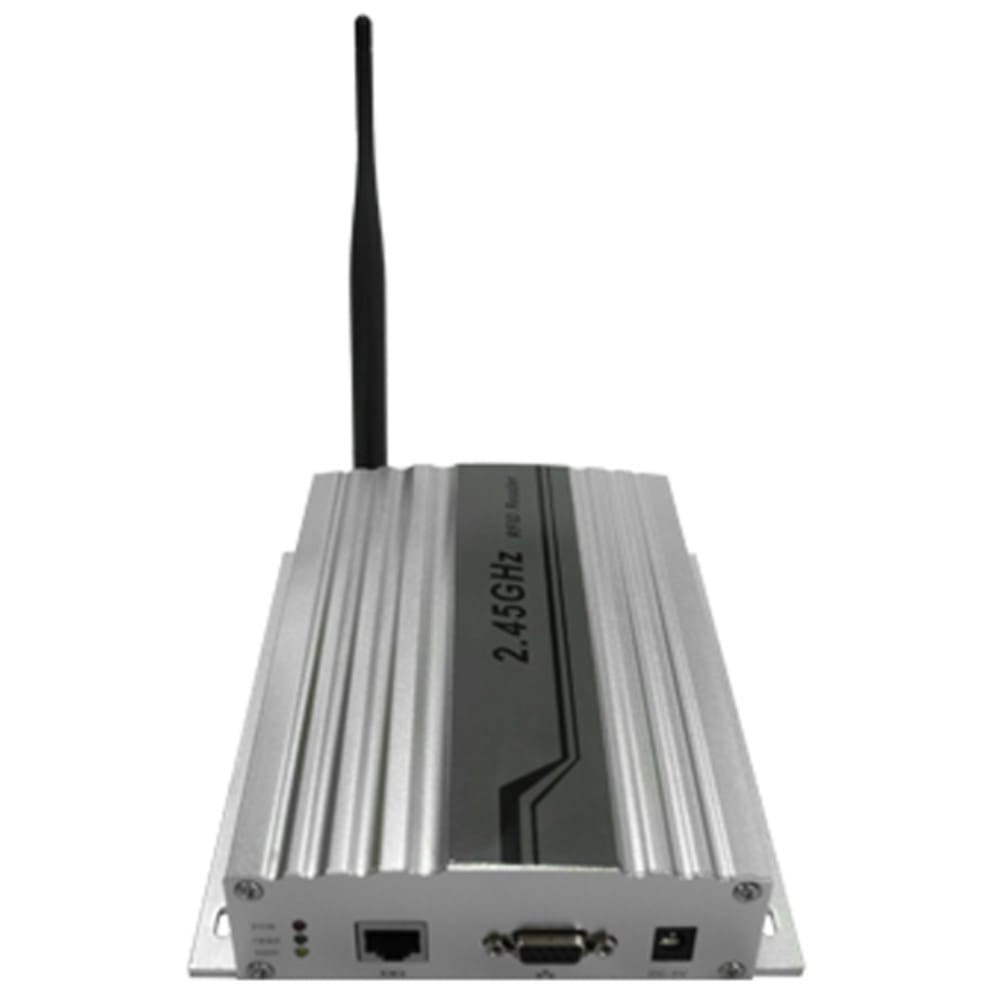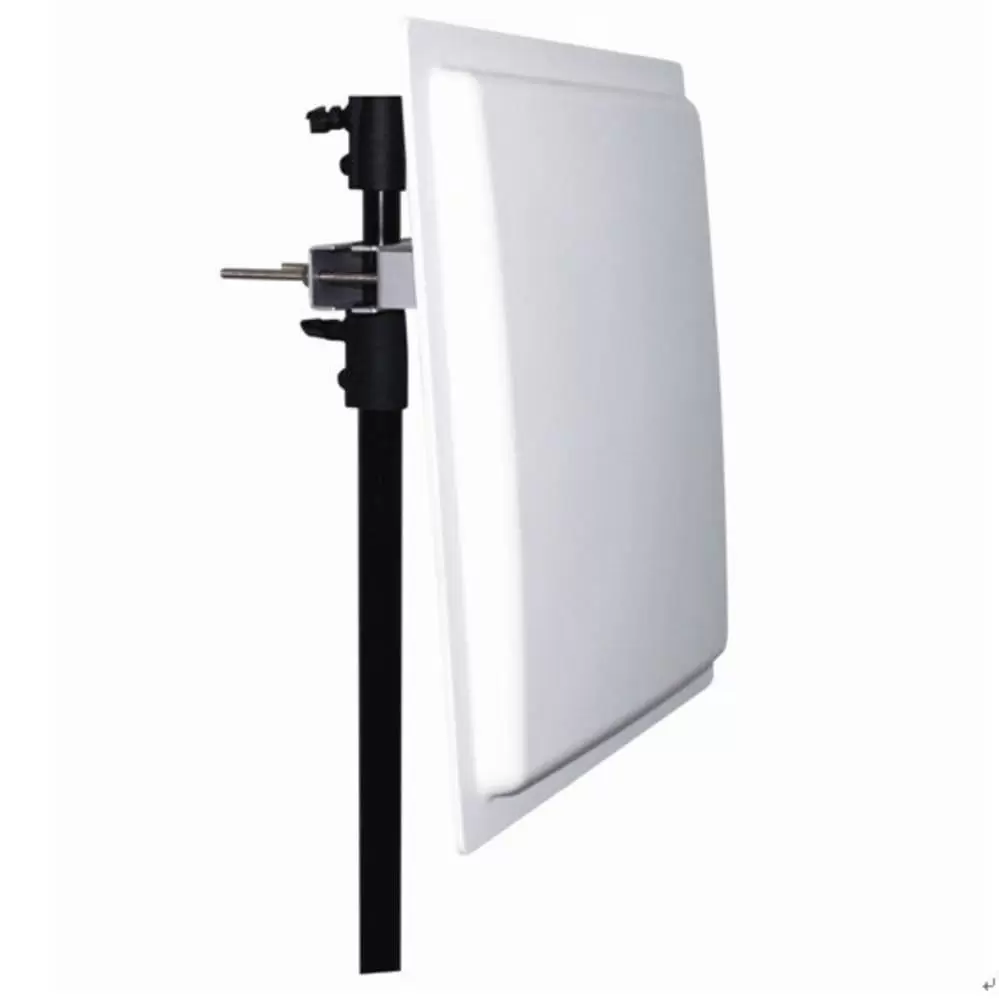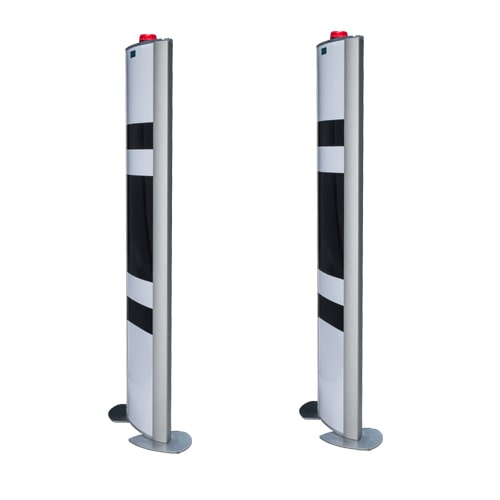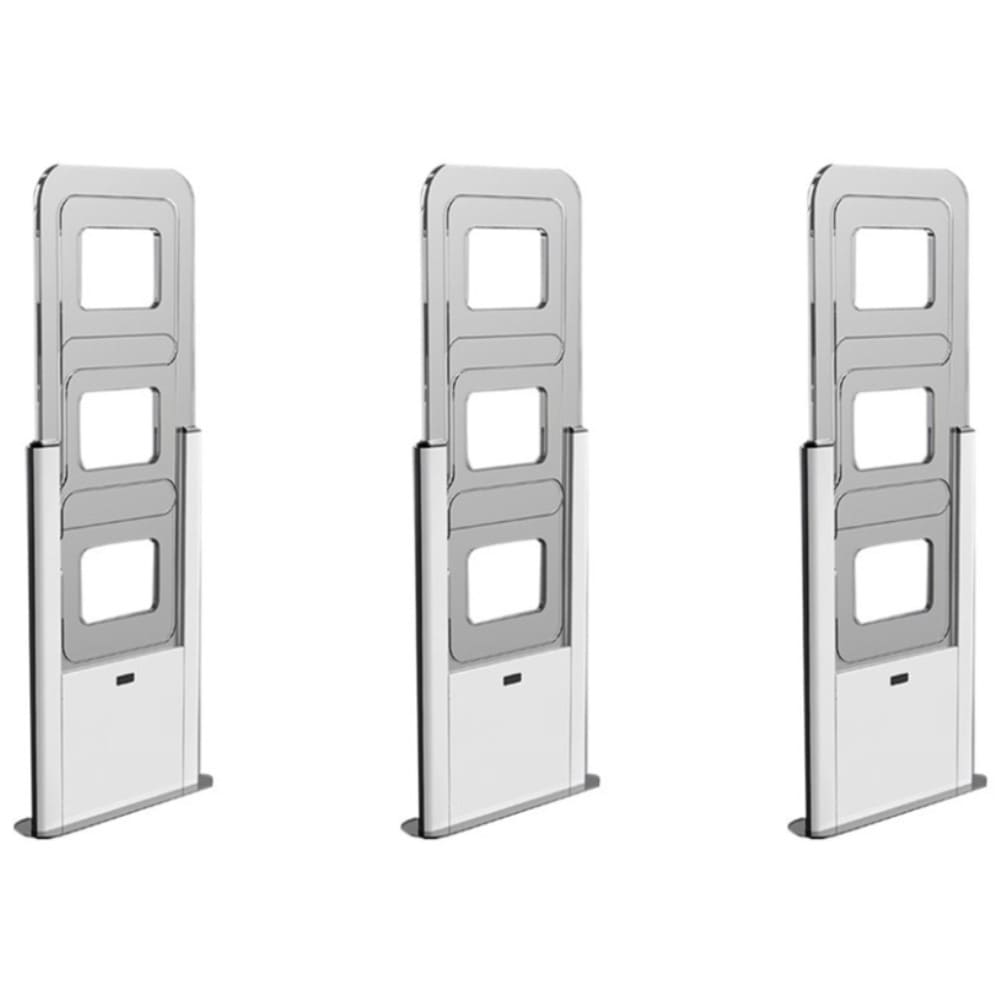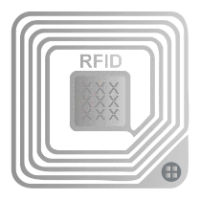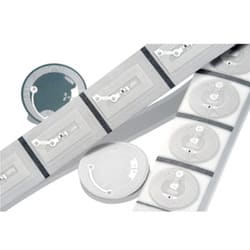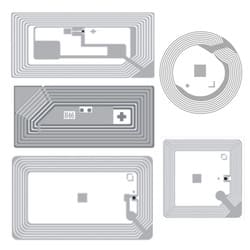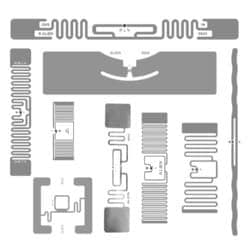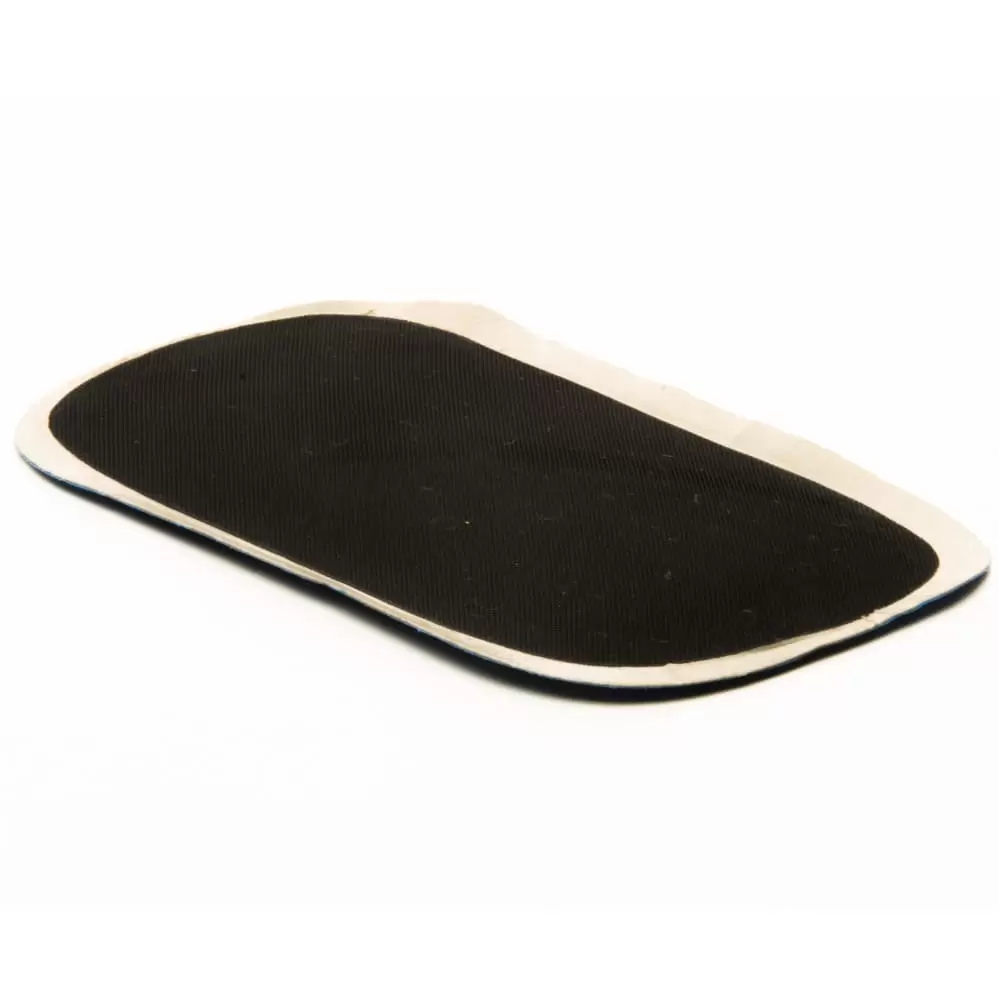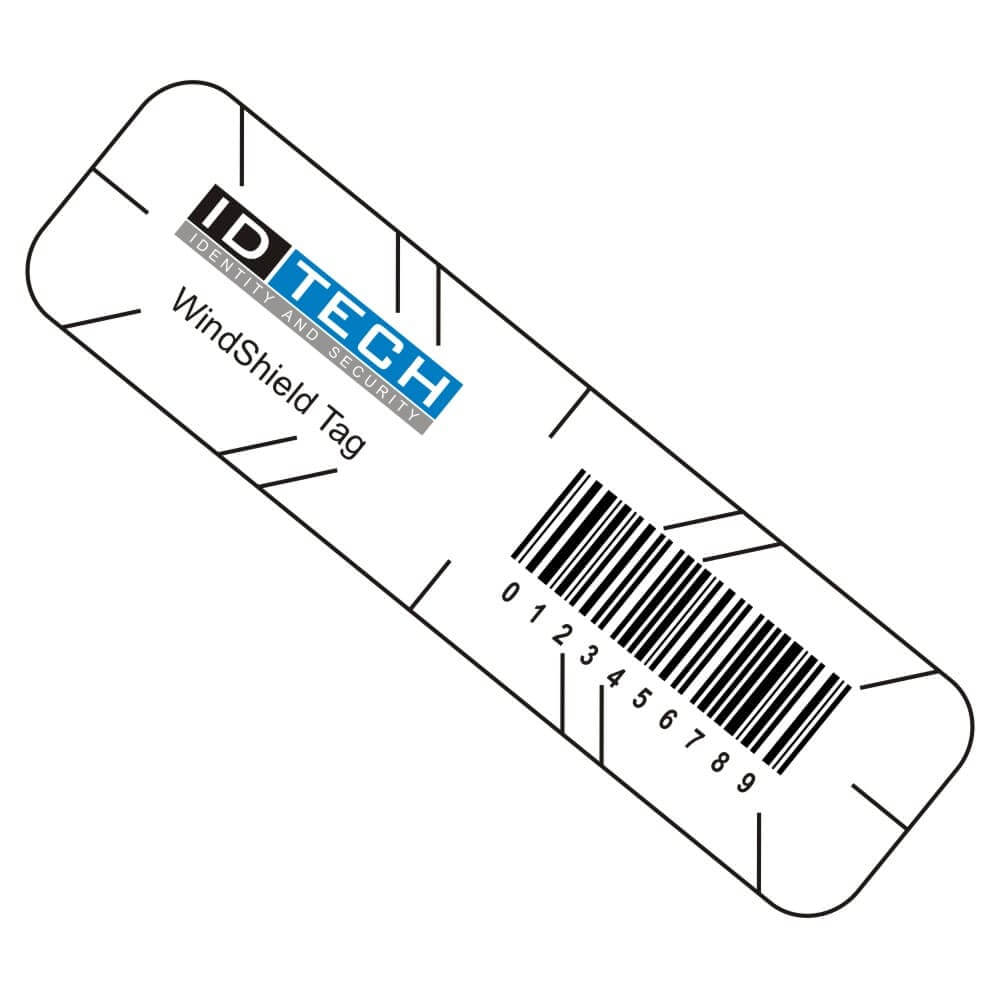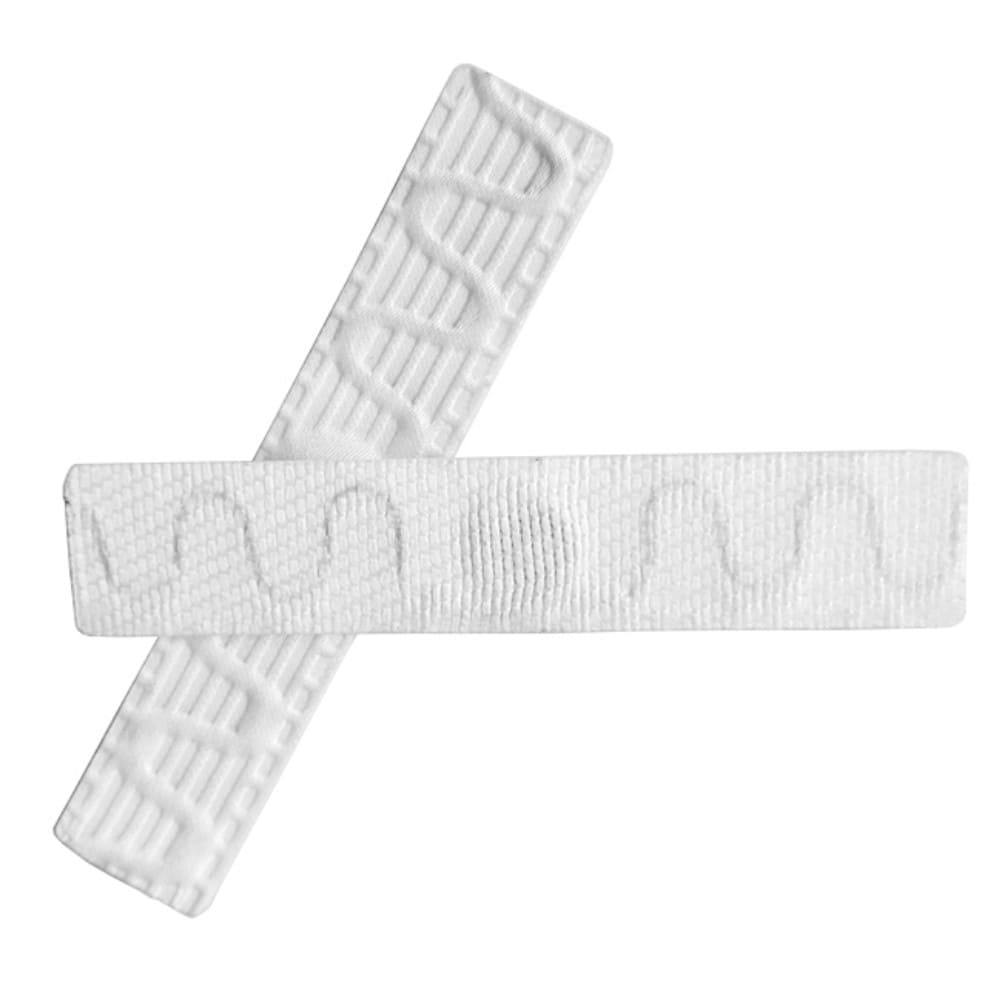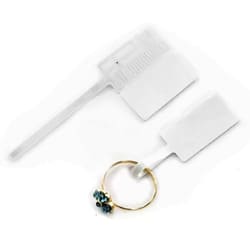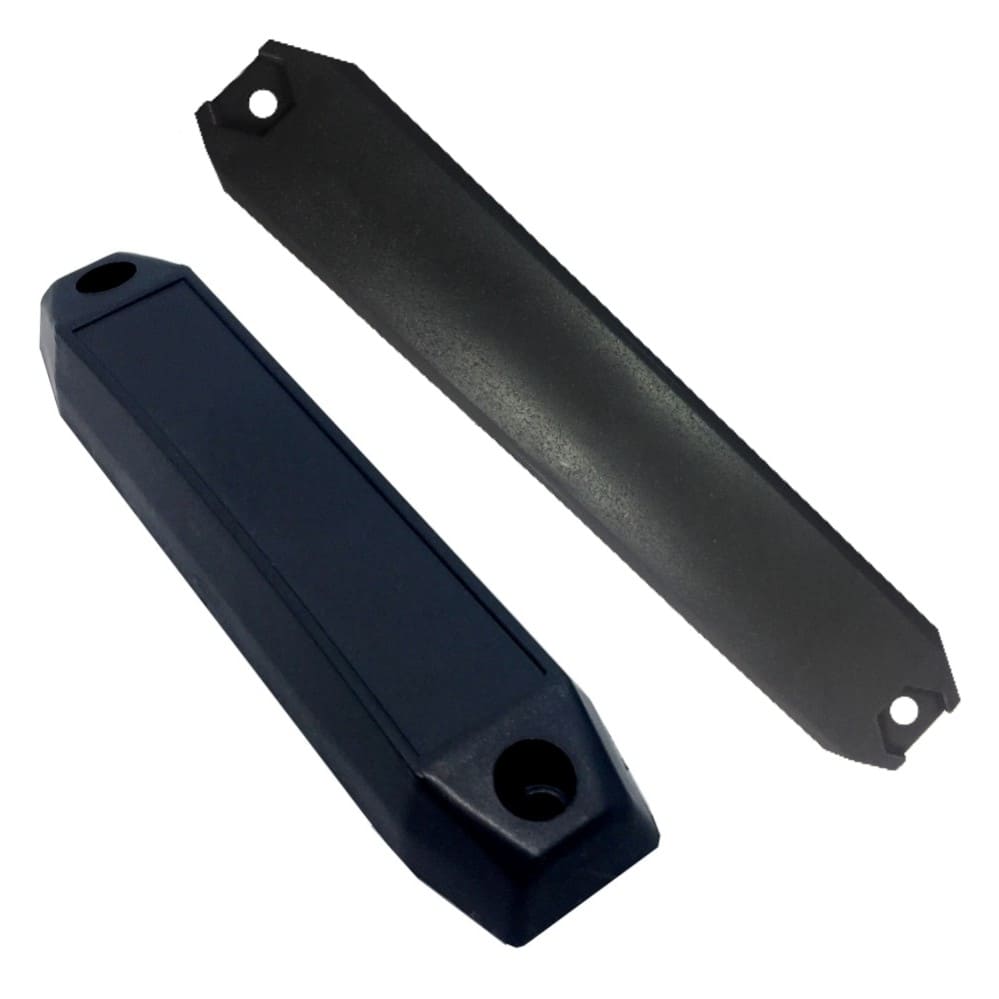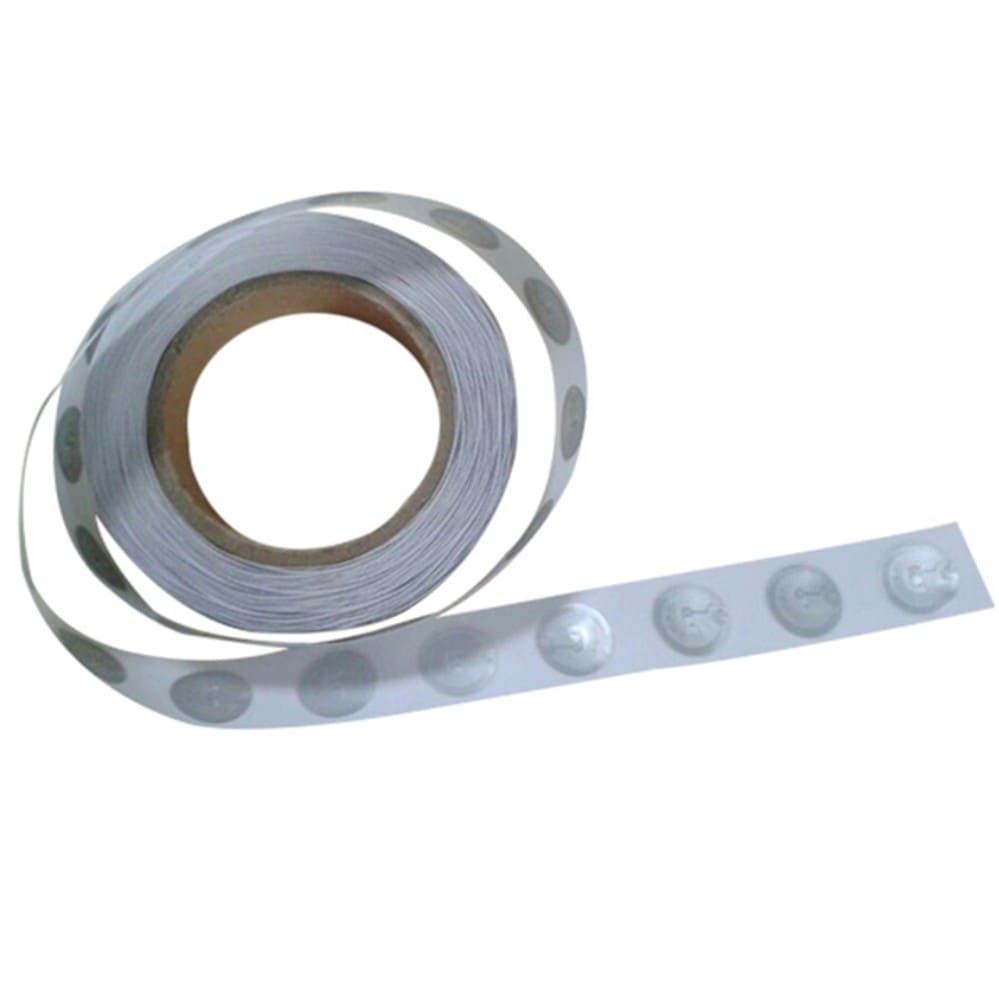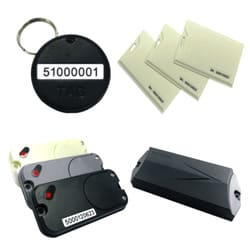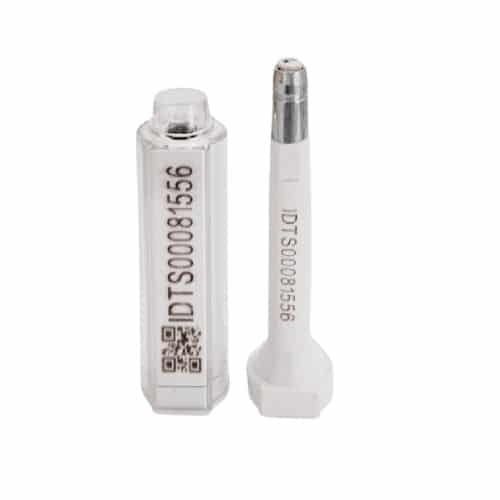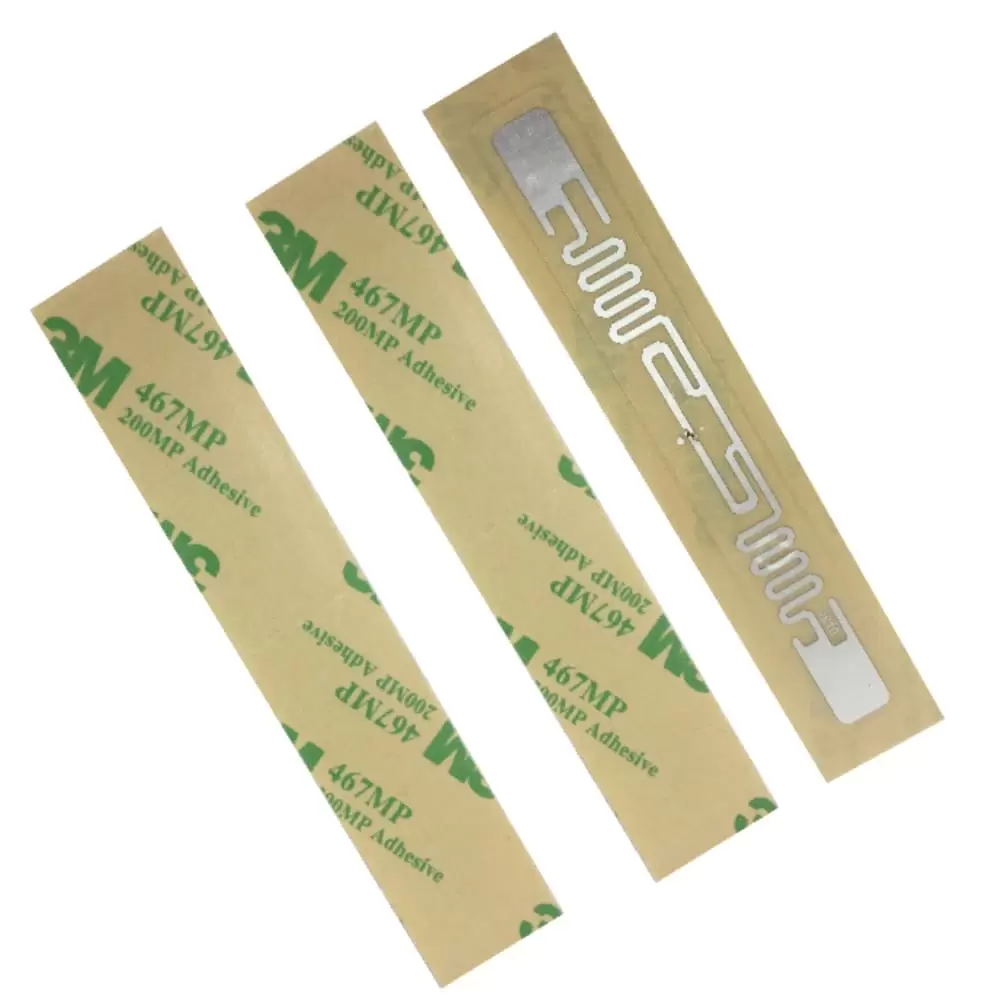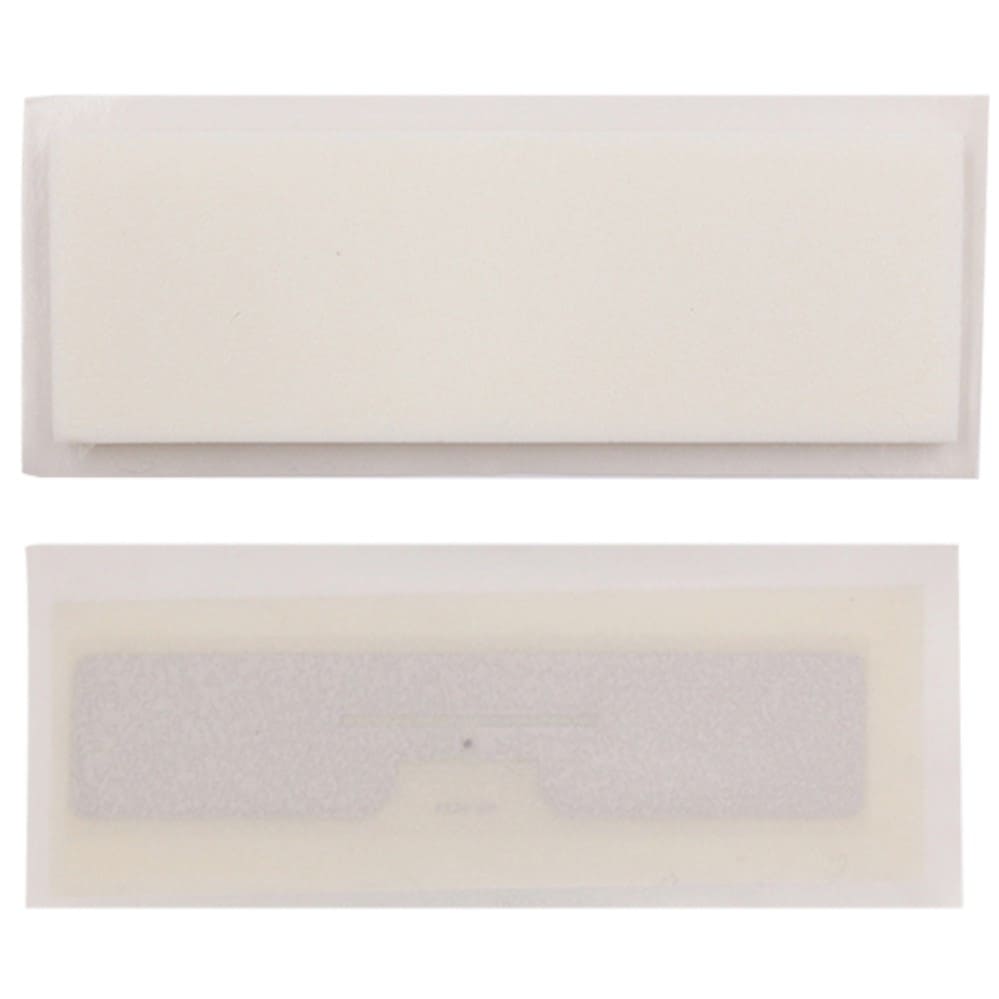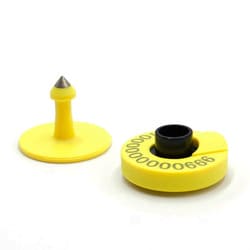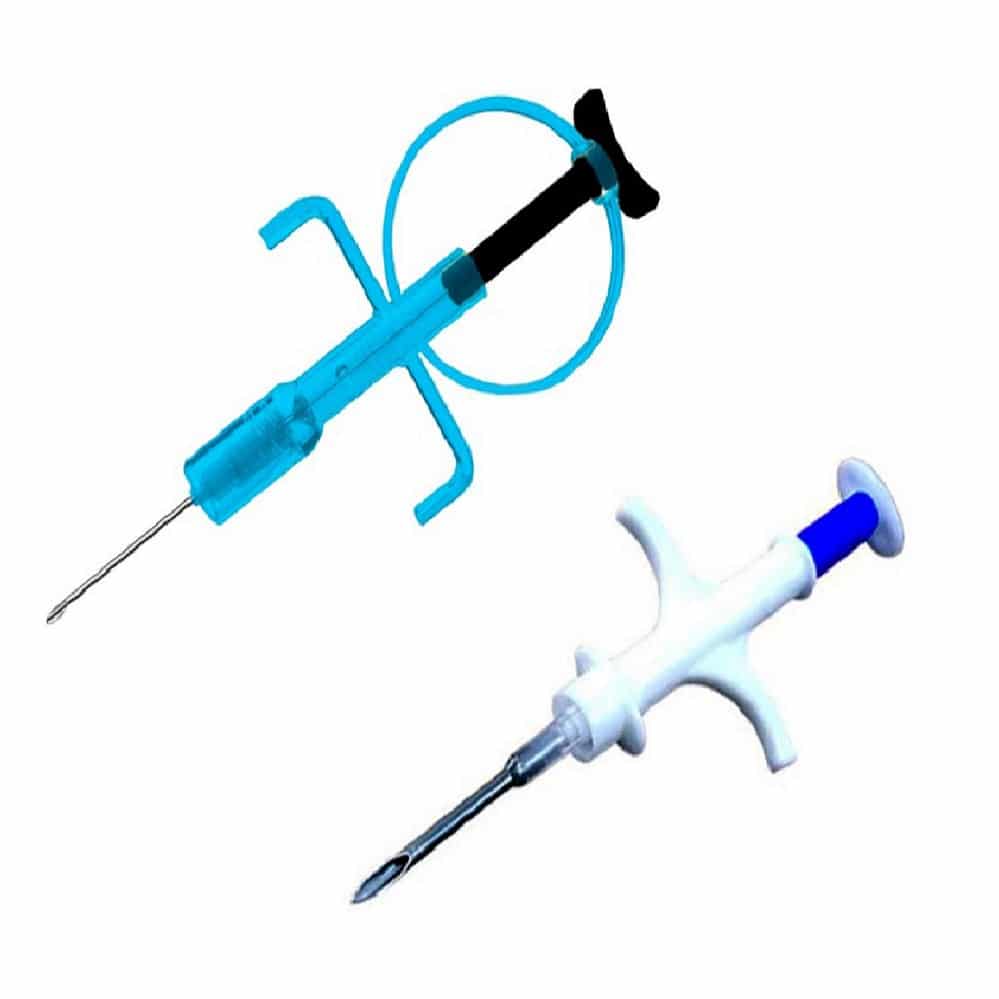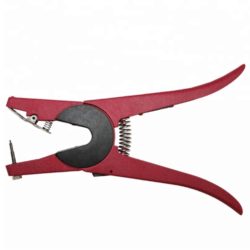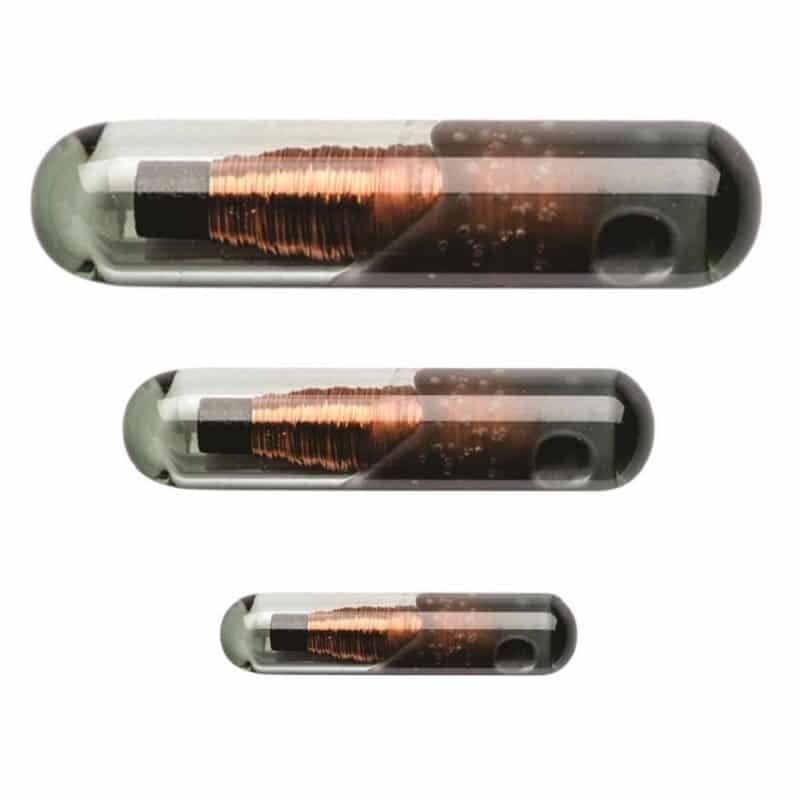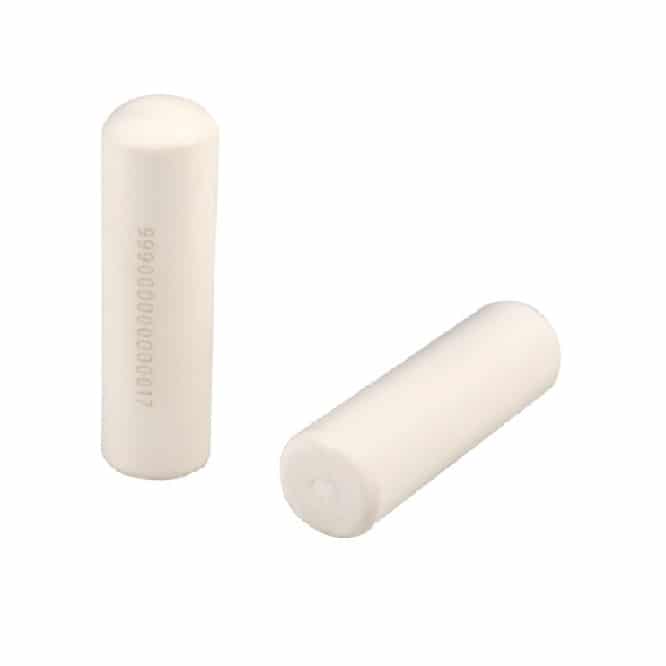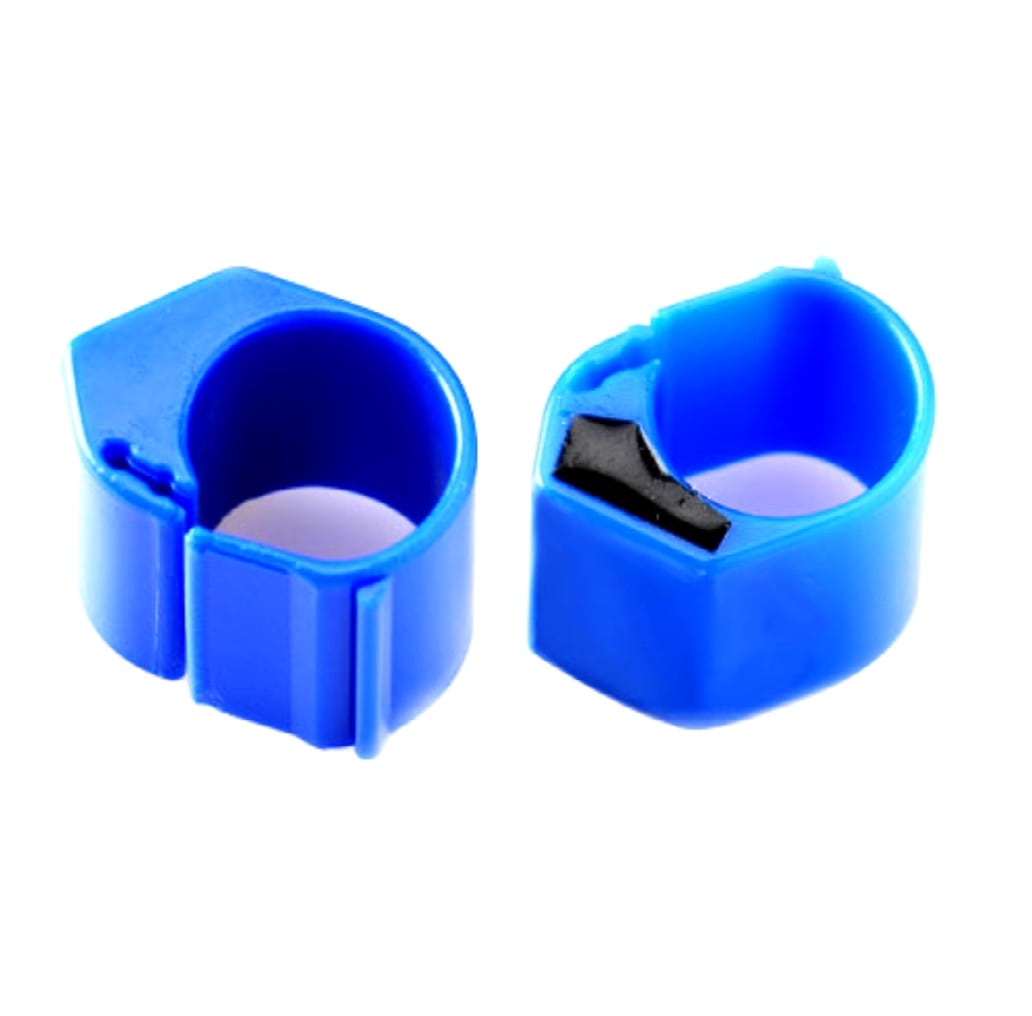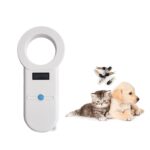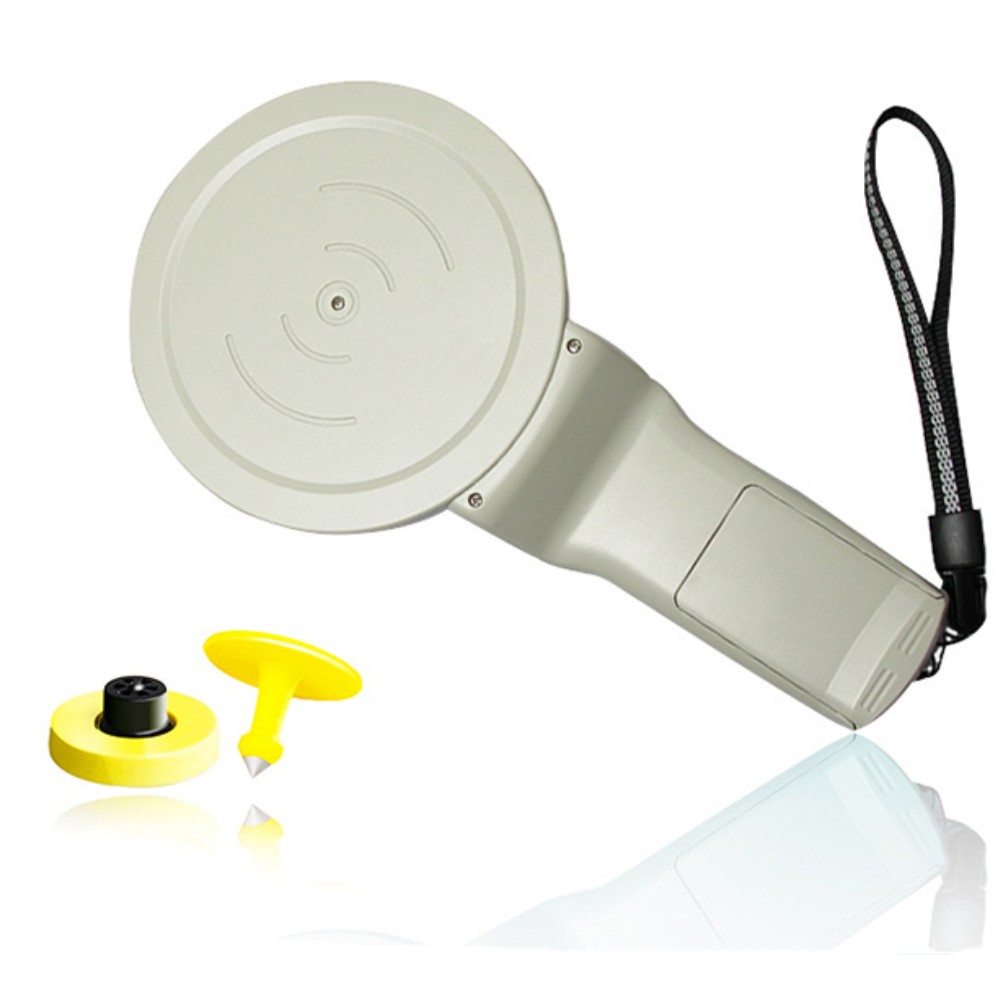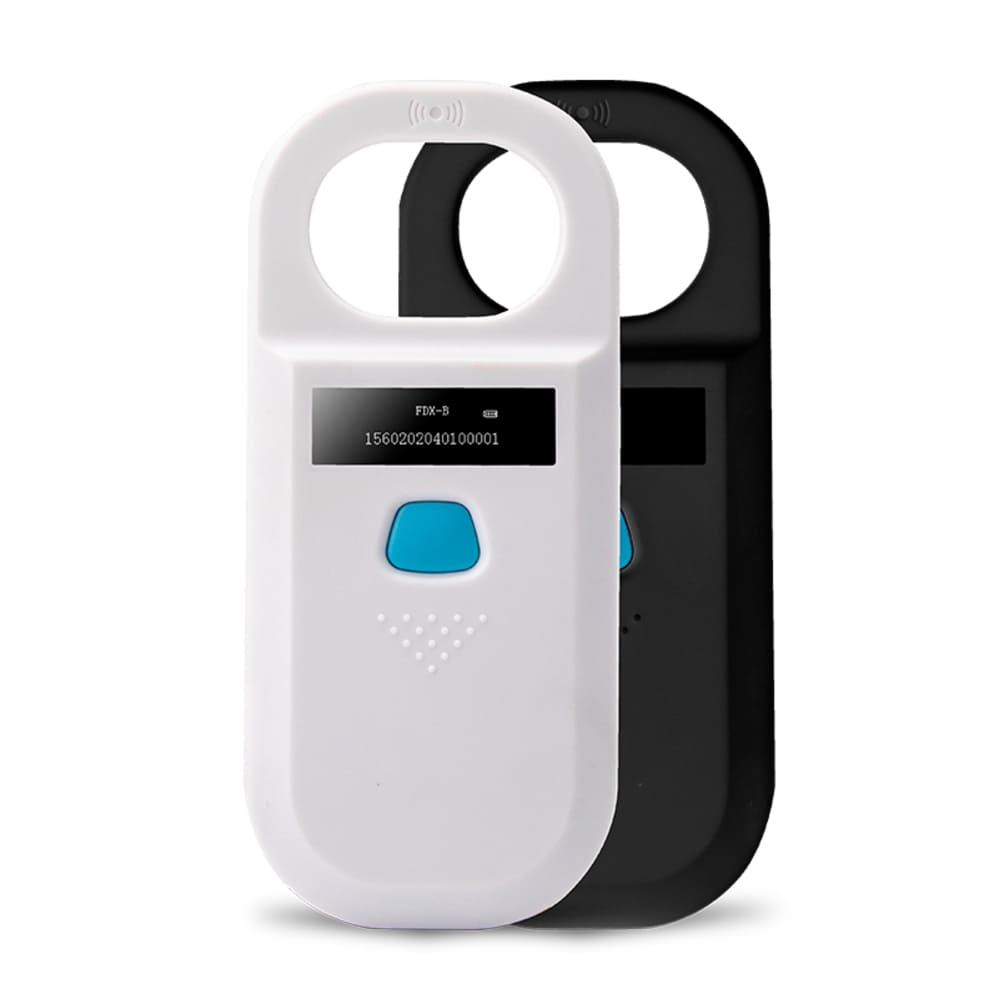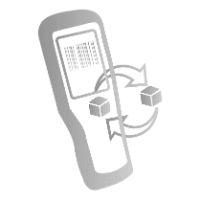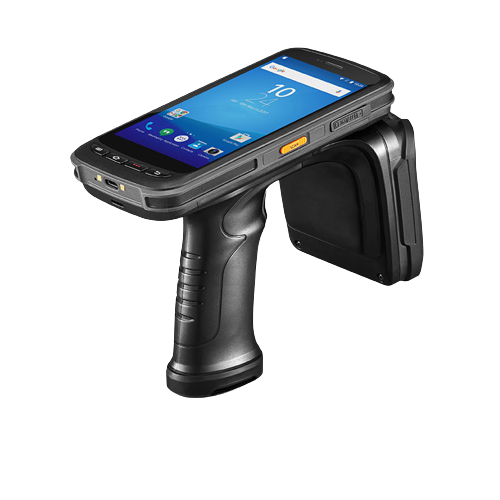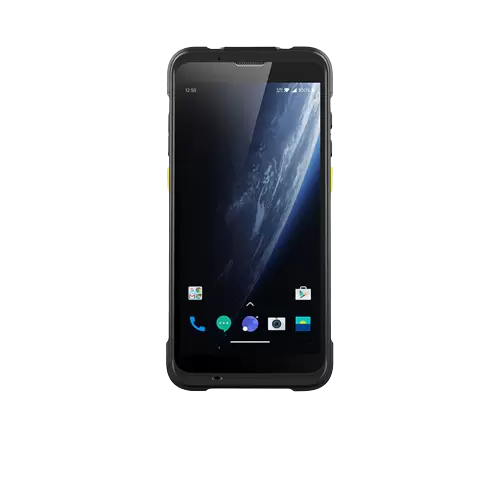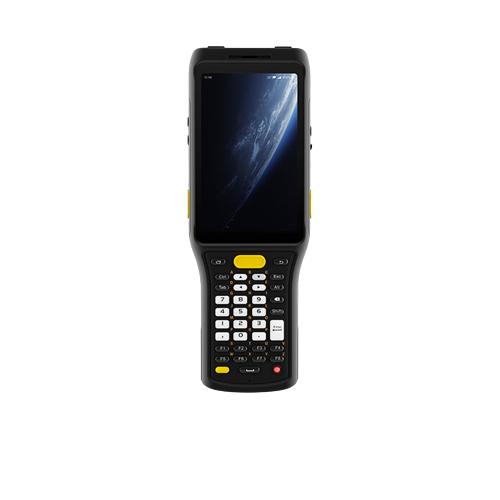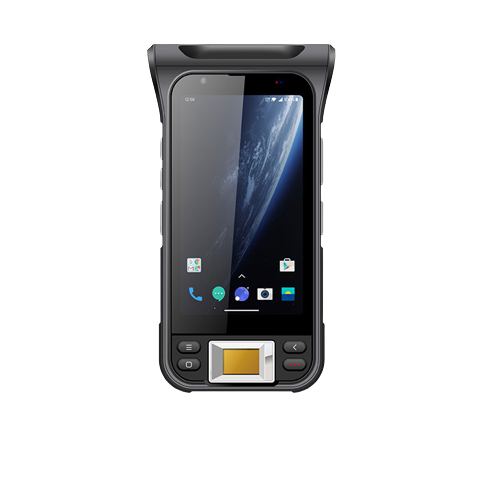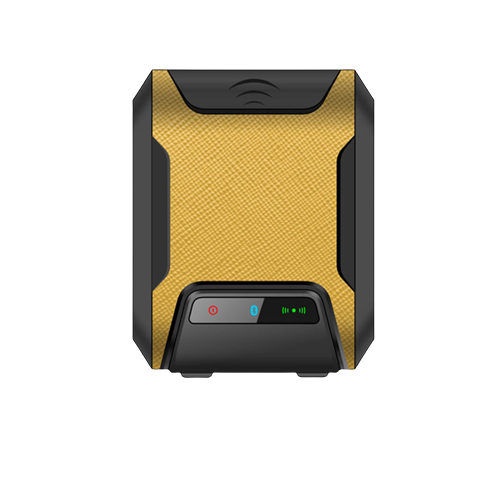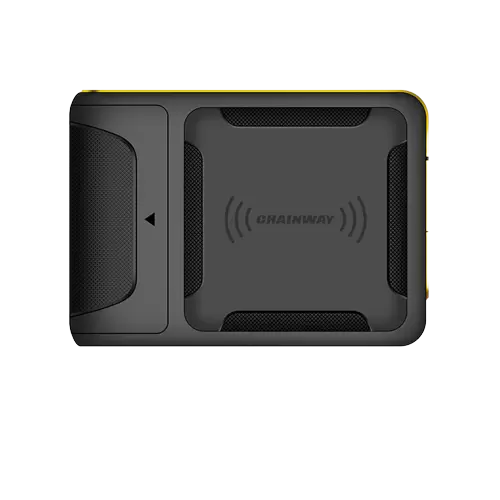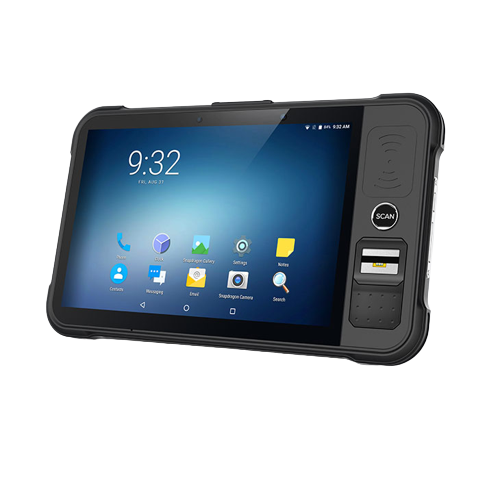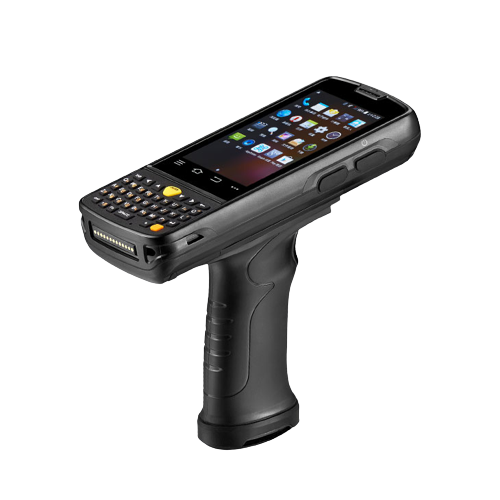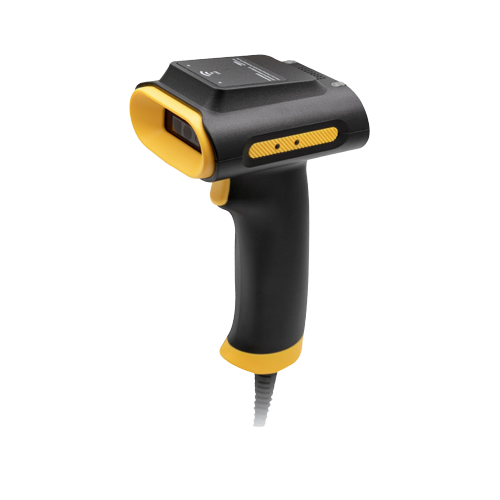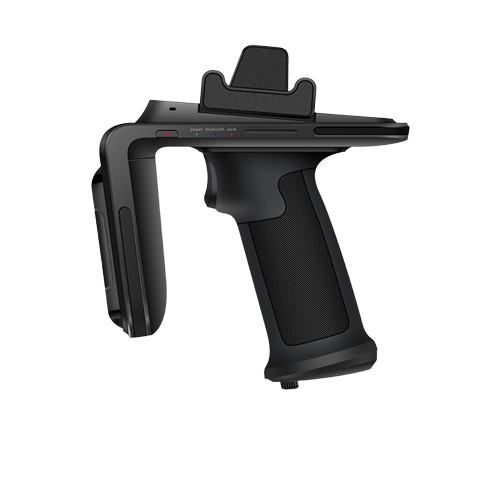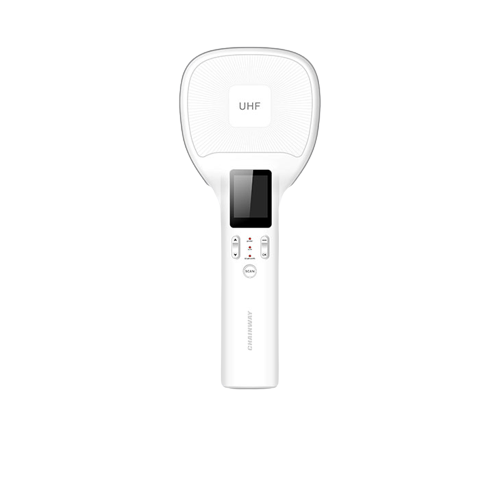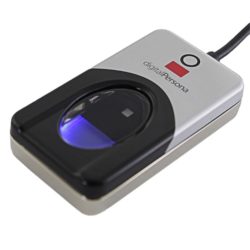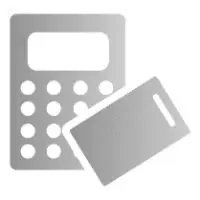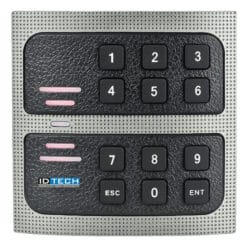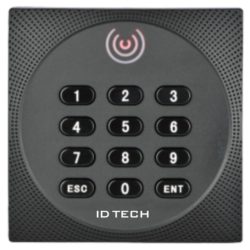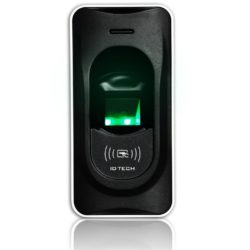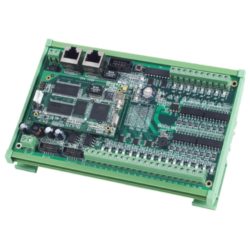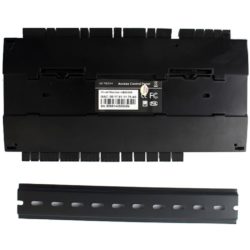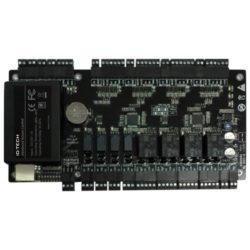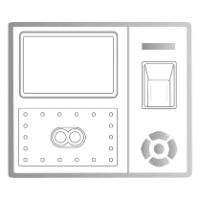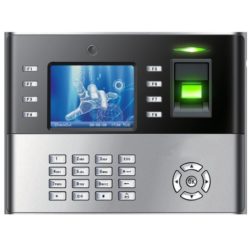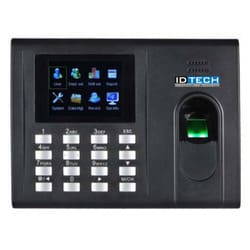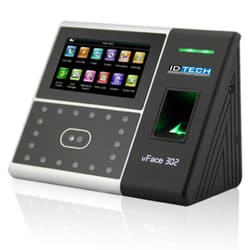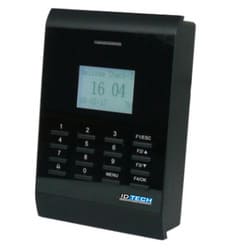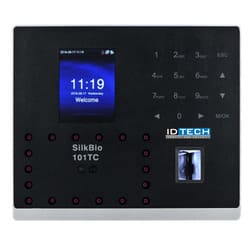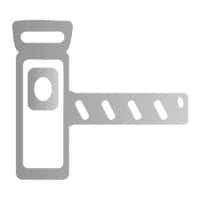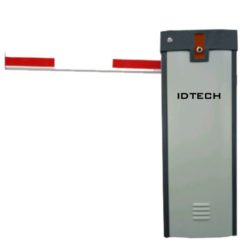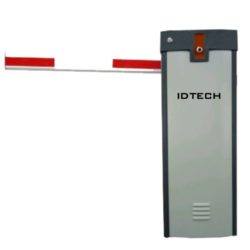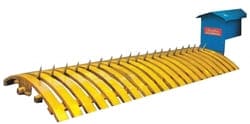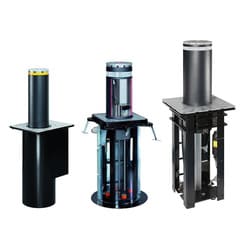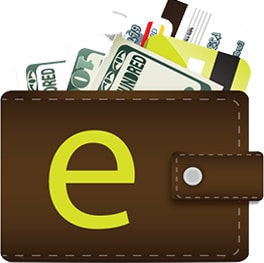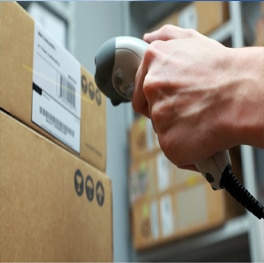Blog
Various RFID Applications Across Industries
RFID (Radio-Frequency Identification) technology has emerged as a transformative force, leaving an indelible mark across industries. Its ability to track, identify, and manage assets and data wirelessly has revolutionized operations, ushering in an era of efficiency and precision. In this complete exploration of RFID Applications, we'll delve into the various applications of RFID technology across different industries, revealing how it has unlocked the potential for innovation and optimization. Streamlining Inventory and Self-Checkout Experiences In Retail Industry In the retail sector, RFID technology plays a pivotal role in transforming various aspects of operations. Inventory management is streamlined as RFID tags provide real-time tracking, minimizing errors and offering enhanced stock visibility. The implementation of self-checkout systems further elevates the customer experience, allowing for efficient and independent product scanning and payment. Additionally, RFID is instrumental in product authentication, enabling retailers and consumers to verify the authenticity of items and combat the proliferation of counterfeit goods within the market. Education - Creating a Smart Campus RFID technology revolutionizes the educational domain, making the way for a new era of operational excellence. Its impact is undeniable, particularly in library management, where RFID's special resource tracking simplifies accessibility and boosts efficiency. The challenges of parking automation are easily overcome with the help of RFID's access control, which facilitates traffic management and ensures seamless operations. Additionally, access control systems enhanced by RFID technology act as formidable guardians, safeguarding the sanctity of educational environments and guaranteeing the safety of students and staff alike. Accuracy in Patient Care Within the realm of healthcare, RFID emerges as a catalyst for precision in patient-centric care. Patient tracking and tool tracking systems, underpinned by RFID, elevate operational efficiency and the quality of healthcare delivery. The technology's pivotal role extends to ensuring the security of mothers and children, providing real-time monitoring for proactive interventions. RFID's imprint on blood bank management systems and medicine inventory optimization enhances the seamless orchestration of healthcare services. Automated Quality Operation in Manufacturing RFID technology is a big deal in the manufacturing world, especially in the automotive sector. It's super precise, which makes it perfect for tire tracking. Tire tracking is crucial for keeping things running smoothly. But that's not all, RFID also helps with speed automation and making manufacturing processes faster. It's like a secret weapon for manufacturers! Access Control for Secure Environments RFID is like the superhero of secure environments! It keeps everything in check by making sure only the right people can get in. This way, places like stores and hospitals stay super safe and secure. It's like having a watchman at the door, but way more high-tech! Livestock Management in Agricultural Dynamics In the agricultural landscape, RFID emerges as an accuracy tool for livestock management, providing farmers with invaluable insights. From tracking and managing livestock to optimizing agricultural processes, RFID has become an essential partner, contributing to the ideal shift toward careful farming. Defense Integration for National Security For the defense sector, RFID represents a strategic integration for inventory management, asset tracking, and security measures. Its advanced deployment becomes necessary in strengthening national defense operations, offering real-time visibility into required assets. RFID’s in Guest Services Within the realm of hospitality, RFID reveals its refinement beyond access control. Linen tracking becomes proof of RFID's careful optimization of housekeeping operations, ensuring freshness in guest accommodations. Simultaneously, laundry automation, empowered by RFID, streamlines processes, automating sorting, and guaranteeing accurate inventory management for exceptional efficiency in hotel operations. AIDC - RFID Solutions Provider In the ever-evolving world of RFID applications, AIDC plays a crucial role. AIDC, as an automation company that sells RFID solutions, offers a range of RFID technologies tailored to the specific needs of various industries. Whether you operate in retail, healthcare, logistics, manufacturing, or any other sector, AIDC provides you with the tools to harness the efficiency and connectivity offered by RFID technology. By collaborating with AIDC, organizations can ensure they are at the forefront of technological advancements and industry-specific solutions, providing them with a competitive edge in an increasingly dynamic business environment. RFID technology has proven to be a versatile and transformative tool across industries. From retail and healthcare to logistics and manufacturing, RFID enhances efficiency, improves security, and promotes sustainability. AIDC, as an automation company specializing in RFID, stands as a vital partner for businesses aiming to embrace the potential of RFID applications. By adopting RFID solutions provided by AIDC, organizations can enhance their operations, ensure safety, and contribute positively to their industries and the world. Together, RFID and AIDC drive progress, connectivity, and efficiency across diverse sectors. About ID Tech ID Tech Solutions, headquartered in Gurugram, Haryana, is a leading ISO-certified company in India, recognized by GS1 and AIM. Since our establishment in 2004, we have been at the forefront of radio frequency identification (RFID) technology. As a prominent provider of advanced technology solutions, we empower businesses to achieve greater efficiency, productivity, and profitability. Focused on innovation and quality, ID Tech delivers seamless identity and security solutions for people, places, and things, enhancing the efficiency and security of everyday operations. For more information on the innovative uses of RFID technology, please visit our website at https://www.idsolutionsindia.com/.
Introduction: What are Ferric Series RFID Tags?
RFID, or Radio Frequency Identification, is a technology that allows for the wireless identification and tracking of objects using electromagnetic fields. RFID tags, also known as transponders, are small devices that contain an antenna and a microchip, which can be read by an RFID reader. However, traditional RFID tags have difficulty functioning effectively when placed on metal surfaces due to interference from the metal. This is where the Ferric Series RFID tags, manufactured by ID Tech, come in. What makes Ferric Series RFID Tags unique? The Ferric Series RFID tags are designed specifically for use on metal surfaces. They utilize a unique antenna design that allows for effective communication with an RFID reader even when placed on metal. In addition, they have a high tolerance for harsh environments, making them suitable for use in a wide range of industries, including manufacturing, automotive, and logistics. Applications of Ferric Series RFID Tags: Asset Tracking: The ability of Ferric Series RFID tags to function effectively on metal surfaces makes them ideal for asset tracking in manufacturing and logistics. They can be attached to metal assets, such as tools and equipment, and provide real-time information on their location and usage. Inventory Management: In retail and warehouse environments, Ferric Series RFID tags can be used for inventory management. They can be attached to metal shelving units or storage containers and provide accurate information on the inventory levels in real-time. Automotive Industry: The automotive industry is another area where Ferric Series RFID tags are highly useful. They can be attached to metal components of vehicles, providing information on the location and status of the components throughout the manufacturing and supply chain processes. The Importance of Ferric Series RFID Tags Ferric Series RFID tags, manufactured by ID Tech, are an essential component of many industries. Their unique design and ability to function effectively on metal surfaces make them ideal for use in asset tracking, inventory management, and the automotive industry. With their high tolerance for harsh environments, these tags are a reliable and efficient solution for businesses looking to improve their operations and increase efficiency. Ferric 50: The Ferric 50 is a small and cost-effective tag, measuring 50mm x 16mm x 3.3mm. It has a read range of up to 4.5 meters and can be attached to metal surfaces using adhesive, magnetic, or screw mount options. Ferric 64: The Ferric 64 is a slightly larger tag, measuring 64mm x 19mm x 5.5mm. It has a read range of up to 6 meters and can also be mounted using adhesive, magnetic, or screw methods. Ferric 70: The Ferric 70 is a mid-sized tag, measuring 70mm x 20mm x 4.5mm. It has a read range of up to 8 meters and can be mounted using adhesive, magnetic, or screw options. Ferric 80: The Ferric 80 is a larger tag, measuring 80mm x 22mm x 5.5mm. It has a read range of up to 10 meters and can be mounted using adhesive, magnetic, or screw methods. Ferric 100: The Ferric 100 is one of the largest tags in the Ferric Series, measuring 100mm x 28mm x 7mm. It has a read range of up to 12 meters and can be mounted using adhesive, magnetic, or screw options. Ferric 150: The Ferric 150 is the largest tag in the Ferric Series, measuring 150mm x 34mm x 9mm. It has a read range of up to 15 meters and can also be mounted using adhesive, magnetic, or screw methods. Each of these Ferric Series RFID tags has a unique design and read range, allowing businesses to choose the best option for their specific application. Additionally, the different mounting methods provide flexibility in how the tags are attached to metal surfaces. Adhesive Mounting: Adhesive mounting is ideal for applications where the tag needs to be attached to a smooth, flat surface. This method provides a strong, permanent attachment and is often used in asset tracking and inventory management. Magnetic Mounting: Magnetic mounting is ideal for applications where the tag needs to be attached to a curved or irregular surface. The magnetic attachment provides a secure hold, but also allows for easy removal and repositioning. Screw Mounting: Screw mounting is ideal for applications where a strong, permanent attachment is required. This method provides a secure hold and is often used in manufacturing and automotive applications. In summary, the Ferric Series RFID tags manufactured by ID Tech offer a range of sizes and mounting options, making them a versatile solution for businesses in a wide range of industries. With their unique design and ability to function effectively on metal surfaces, these tags are an essential component of asset tracking, inventory management, and supply chain operations.
Bridging the physical and digital worlds with NFC Technology
In today's age of heightened consumer awareness and growing health consciousness, many individuals are eager to delve deeper into product ingredients, packaging, and related information. This trend holds significant implications for the fiercely competitive Consumer Packaged Goods (CPG) industry. Brands are actively seeking ways to capture the attention of cost-conscious consumers who prioritize their well-being and environmental considerations. With the constant evolution of digital technologies, companies in the CPG sector have newfound opportunities to establish direct connections with their target audience. One powerful strategy gaining momentum is the utilization of NFC technology to create intelligent product packaging. A DIGITAL SHIFT What are the benefits of using NFC technology? Why is NFC technology such a game-changer? NFC, or Near Field Communication, represents a wireless connectivity technology rooted in RFID (Radio Frequency Identification). It facilitates contactless communication between a reader and a tag, with the tag being a small electronic component that introduces wireless connectivity to physical objects, including consumer packaged goods like food, beverages, and household products. The incorporation of an NFC tag effectively links a physical object to the digital realm. By integrating NFC, brands in the consumer goods sector can not only track their products across the globe but also ensure quality and safety. Furthermore, it creates a direct, bidirectional communication channel with consumers, enabled by their smartphones acting as NFC readers. Tap & Link: Swiggy Instamart's Effortless Snack Ordering Innovation! Swiggy Instamart's latest innovation is transforming snack ordering with the integration of NFC technology. By delivering coaster cards at no cost to users making Instamart purchases, Swiggy simplifies the snack ordering process. Users can tap or scan the NFC-equipped coaster to effortlessly enter the BOLT Snackstation, eliminating the need to navigate through the regular menu on the Swiggy app. Powered by ID Tech, the technology provider, this seamless integration not only enhances user convenience but also provides valuable insights for Swiggy to refine its strategies based on user preferences and engagement patterns. Swiggy's bold move exemplifies the dynamic synergy between physical and digital experiences, showcasing the potential of NFC and QR technology to redefine consumer interactions in the modern era. How it Operates? An NFC tag incorporates several advanced features, notably a unique identifier (UID) and user memory. This user memory is where companies can embed valuable information for customers, such as a web link featuring product details. For instance, a website URL can be programmed into the tag. When consumers "tap" their NFC-enabled object with their smartphone (bringing the phone and the tag in close proximity to enable tag reading), they gain access to comprehensive information about the product they're interested in. NFC technology empowers CPG companies to establish a direct rapport with their customers. Beyond its security benefits, NFC technology offers numerous advantages for CPG brands, as a single NFC tag can serve multiple purposes. On top of security it delivers, NFC technology offers many other advantages to CPG brands, as the same NFC tag can be used for several use cases. Use case 1: traceability NFC technology provides a means for companies to validate that goods equipped with NFC tags have followed the expected supply chain routes. This is made possible through NFC readers in warehouses, which can individually track each item. Use case 2: consumer engagement NFC tags can also enhance the consumer experience by enabling customers to access detailed information about the brand's products both before and after purchase. By using their NFC-enabled smartphones to read the NFC tag, consumers can access additional information about the brand, its products, their origins, and even available product discounts.
Analyzing RFID UHF Chips Through TID Prefix: Understanding the Data Behind the Identifier
RFID (Radio-Frequency Identification) technology uses radio waves to identify and track objects, animals, or people. UHF (Ultra-High Frequency) RFID chips are a common type of RFID technology used for a wide range of applications, including inventory management, access control, and supply chain management. RFID UHF Chip: An RFID UHF chip is a microchip that stores and transmits data using radio frequency signals. UHF RFID operates in the ultra-high frequency range, typically between 860-960 MHz, allowing for longer read ranges and faster data transfer compared to other RFID frequencies. Memory Banks: RFID UHF chips typically consist of multiple memory banks, each of which stores different types of data. The most common memory banks in an RFID UHF chip include: EPC (Electronic Product Code): The EPC memory bank stores a unique identifier for the item, which is used for tracking and managing individual items within a supply chain. EPC is crucial for inventory management and product authentication. User Memory: User memory banks are used to store additional information, such as product-specific data, serial numbers, or other relevant details. User memory allows for customization and enhanced data storage. TID (Tag Identifier): The TID memory bank contains information about the chip's manufacturer, model, and a unique serial number. It helps identify the chip itself, which is useful for quality control and authentication purposes. Reserved Memory: Some RFID UHF chips include reserved memory for specific applications or purposes. This memory bank can be allocated for specialized functions as needed. Read-Write Capabilities: RFID UHF chips can be either read-only or read-write. Read-only chips contain a fixed set of data that cannot be modified, while read-write chips allow for data to be both read and written to the memory banks. This flexibility is useful in applications where data needs to be updated or changed over time. Anti-Collision Technology: UHF RFID technology often includes anti-collision capabilities, allowing multiple RFID tags to be read simultaneously. Anti-collision algorithms ensure that tags do not interfere with each other during data transmission, making them suitable for high-density scenarios like inventory management. Popular UHF RFID chip manufacturers, like Impinj, Alien Technology, and NXP Semiconductors, offer a variety of chip models with different memory capacities, features, and read ranges to meet specific application requirements. The choice of an RFID UHF chip depends on the application's needs, such as read range, memory capacity, and cost considerations. Decoding UHF RFID Chips: A TID Prefix Guide for Identifying Chip Types and Memory Details Abbreviation Manufacturer EPC Memory User Memory TID Prefix TID Memory Higgs 3 Alien 96-bit 512-bit E200 3412 64 bits of serialized TID with 48-bit serial number Higgs 9* Alien 96/496-bit Up to 688-bit E200 4715 48 bits of serialized TID with 32-bit serial number Higgs 4* Alien 128-bit 128-bit E200 3414 64 bits of serialized TID with 32-bit serial number Higgs EC Alien 128-bit 128-bit E200 3811 48 bits of serialized TID with 32-bit serial number M4D Impinj 128-bit 32-bit E280 1100 96 bits of serialized TID with 48-bit serial number M4i Impinj 256-bit 480-bit E280 1114 96 bits of serialized TID with 48-bit serial number M4E Impinj 496-bit 128-bit E280 110C 96 bits of serialized TID with 48-bit serial number M4QT Impinj 128-bit 512-bit E280 1105 96 bits of serialized TID with 48-bit serial number R6-B Impinj 96-bit - E280 1171 96 bits of serialized TID with 48-bit serial number R6 Impinj 96-bit - E280 1160 96 bits of serialized TID with 48-bit serial number R6-A Impinj 96-bit - E280 1171 - R6-P Impinj 96/128-bit 64/32-bit E280 1170 96 bits of serialized TID with 48-bit serial number M730 Impinj 128-bit - E280 1191 96 bits of serialized TID with 48-bit serial number M750 Impinj 96-bit 32-bit E280 1190 96 bits of serialized TID with 48-bit serial number M4E Impinj Up to 496-bit 128-bit E280 110C 96 bits of serialized TID with 48-bit serial number im NXP 256-bit 512-bit E280 680A 96 bits of serialized TID with 48-bit serial number U5 NXP 128-bit 32-bit E280 1102 96 bits of serialized TID with 48-bit serial number U6 NXP 96-bit - E280 1160 96 bits of serialized TID with 48-bit serial number U7 NXP 128-bit - E280 6810 96 bits of serialized TID with 48-bit serial number U7XM+ NXP 448-bit 2K-bit E280 6D92 96 bits of serialized TID with 48-bit serial number U7XM-1k NXP 448-bit 1K-bit E280 6D12 96 bits of serialized TID with 48-bit serial number U7XM-2k NXP 448-bit 2K-bit E280 6F12 96 bits of serialized TID with 48-bit serial number U8 NXP 128-bit - E280 6894 96 bits of serialized TID with 48-bit serial number U8m NXP 96-bit 32-bit E280 6994 96 bits of serialized TID with 47-bit serial number U9 NXP 96-bit - E280 6995 96 bits of serialized TID with 48-bit serial number UDNA NXP 224-bit 3K-bit E2C0 6892 96 bits of serialized TID with 48-bit serial number UDNA C NXP 224-bit 1K-bit E2C0 6B12 96 bits of serialized TID UDNA T NXP 448-bit 256-bit E2C0 6C12 96 bits of serialized TID EPC Gen 2 NXP 96-bit 224-bit E200 6001 32 bits of serialized TID G2iM NXP 256-bit 320/640-bit E200 680A 96 bits of serialized TID with 48-bit serial number G2iM+ NXP 448-bit 512-bit E200 680B - G2iL NXP 128-bit - E200 6806 64 bits of serialized TID with 32-bit serial number G2iL+ NXP 128-bit - E200 6807 64 bits of serialized TID with 33-bit serial number G2XL NXP 240-bit 512-bit E200 6004 64 bits of serialized TID with 34-bit serial number G2XM NXP 240-bit 512-bit E200 6003 64 bits of serialized TID with 35-bit serial number
4 stages of RFID Seal Tag (Tamper Detection)
UHF Tamper Detection Wire Seal Tag ID Tech Solutions offers a Tamper Detection RFID UHF Seal Tag, which represents one of the most recent advancements in RFID Seal/Wire Tags. This innovative tag features four distinct states of detection: UNLOCKED, LOCKED, TAMPERED, and TAMPER TRIES. Its sleek design adds to its overall appeal. These tags are specifically engineered to function effectively on both metal and non-metallic surfaces. Furthermore, RFID cable seals are highly dependable, long-lasting, and capable of withstanding water, high temperatures, and high-pressure environments. The high-security seal tag is primarily employed to secure packages or boxes, safeguard products, seal containers, components, industrial spare parts, mold tooling, chemicals, pesticides, food, animals, and various other items. It enables product identification, tracking, supervision management, logistics supply chain, digital warehousing, source traceability, as well as offering additional sealing for related security items and confidential goods for individuals. 1. UNLOCKED - This status shows that it is the brand new tag that is detected by the user application/platform 2. LOCKED - This status shows that the tag is in use 3. TAMPERED - This status shows that the wire was cut-off and the container/package was opened before the client confirmed its delivery 4. TAMPER TRIES - This status shows that the wire was cut-off and recycled to make it new.

